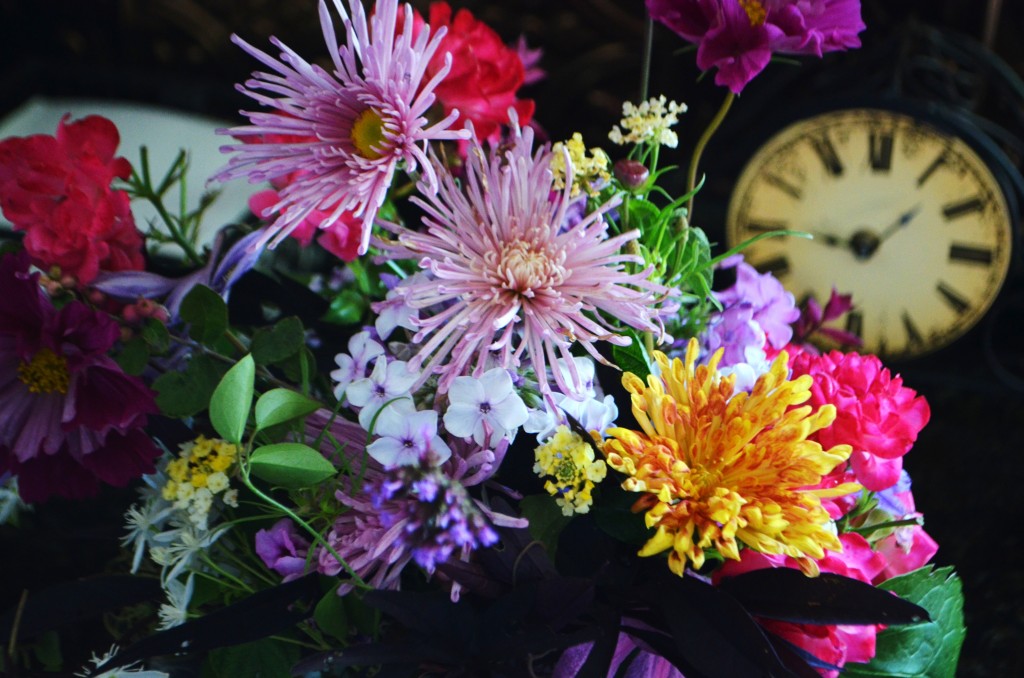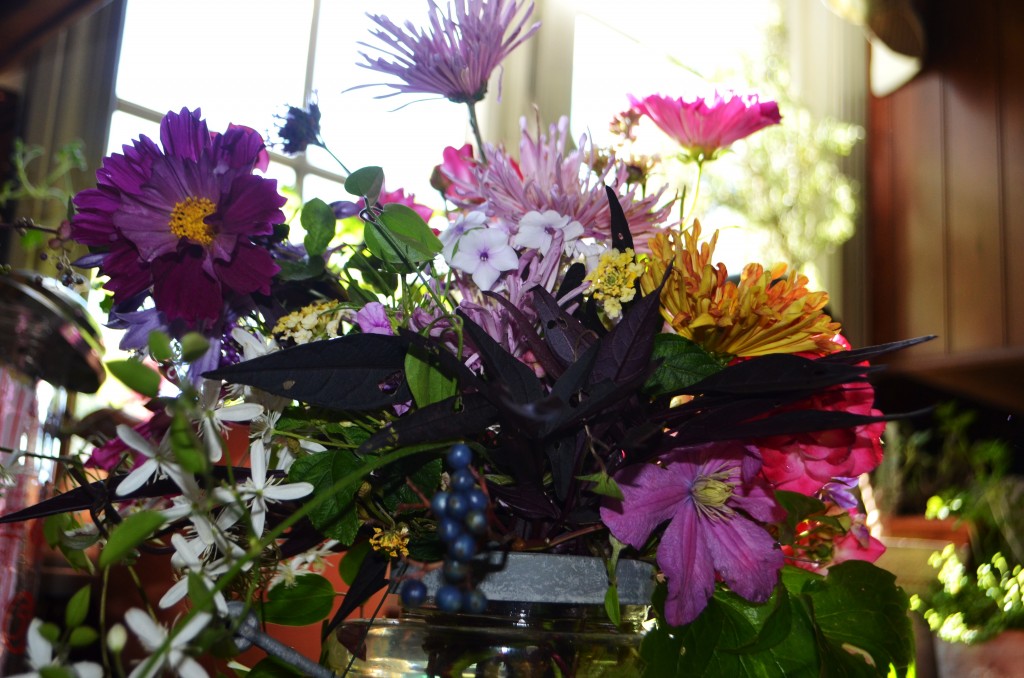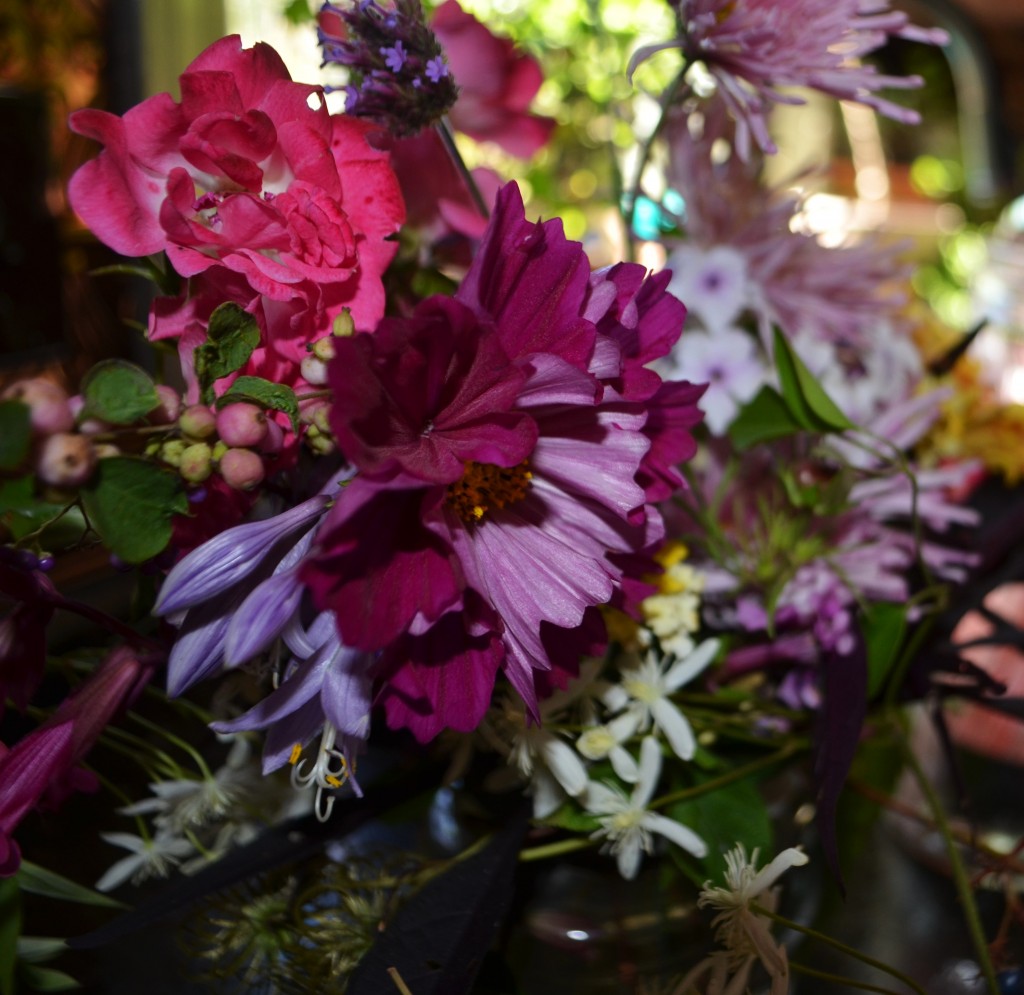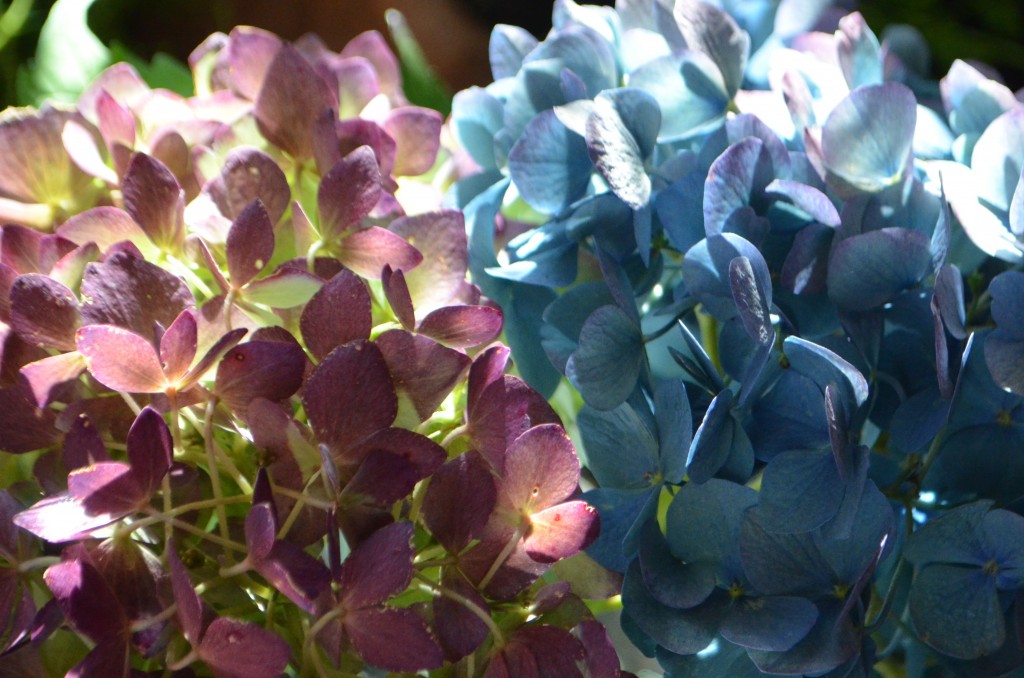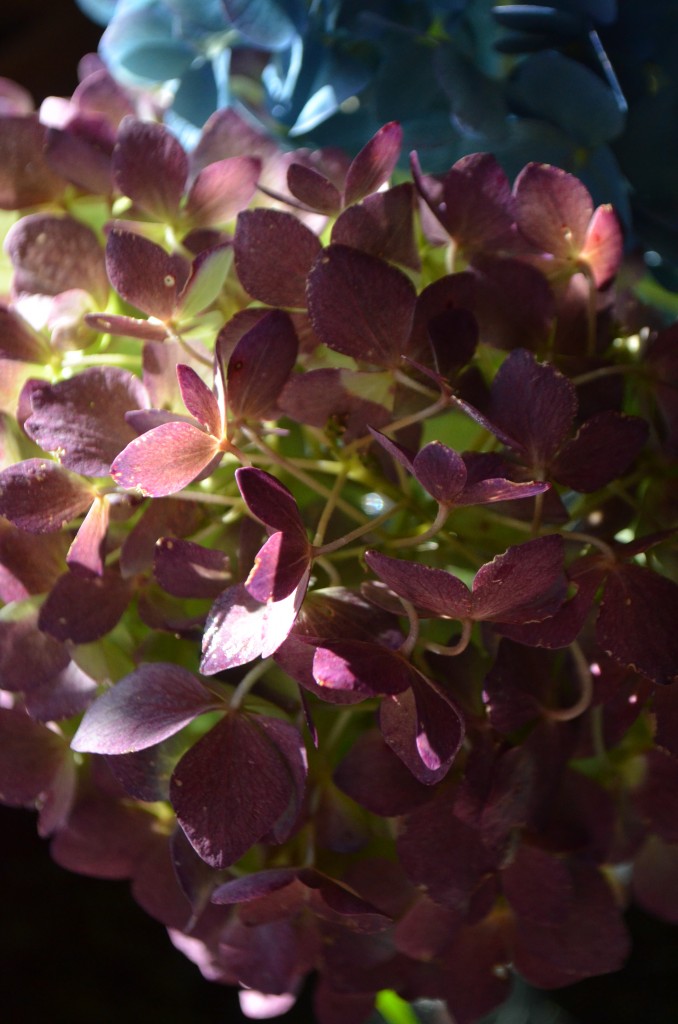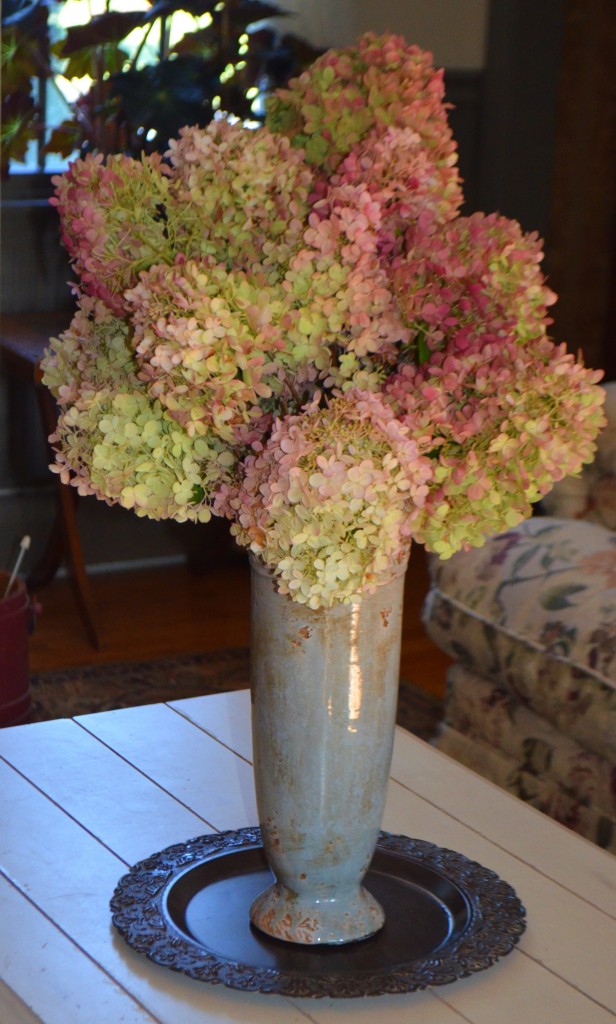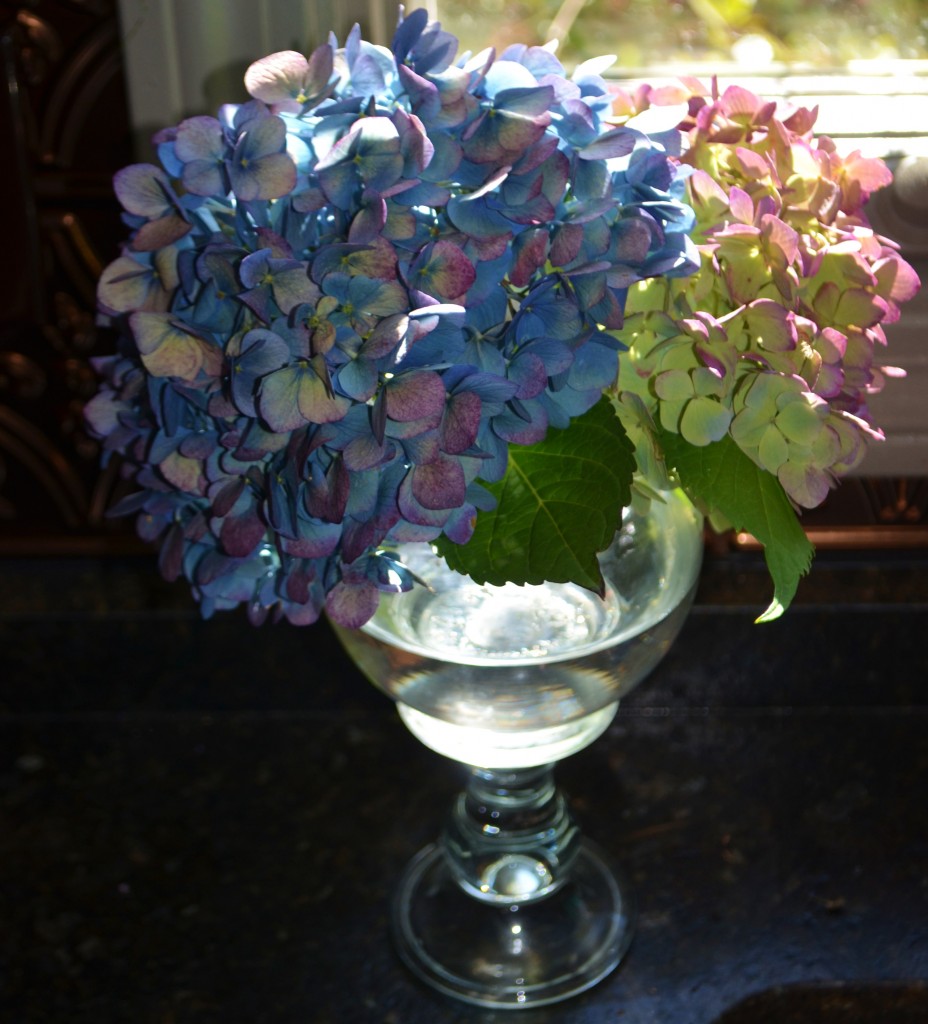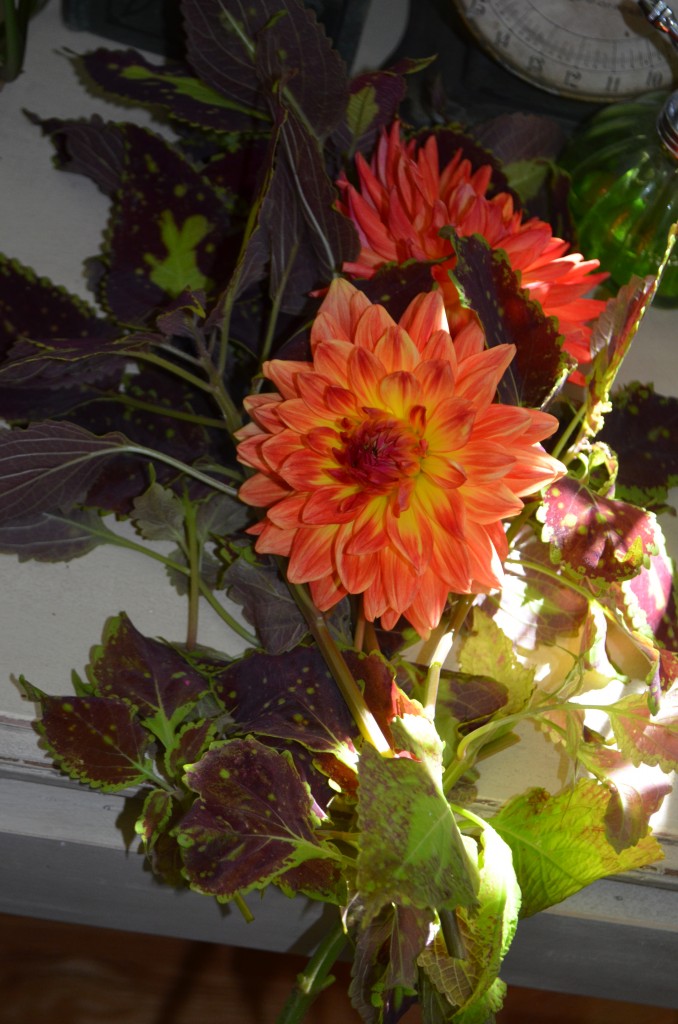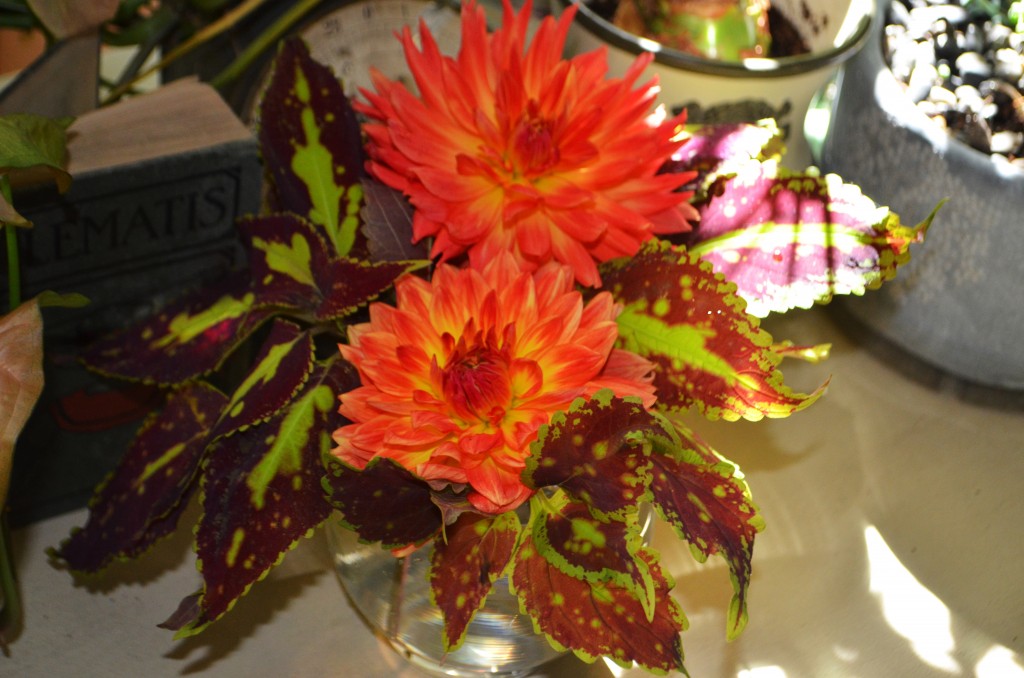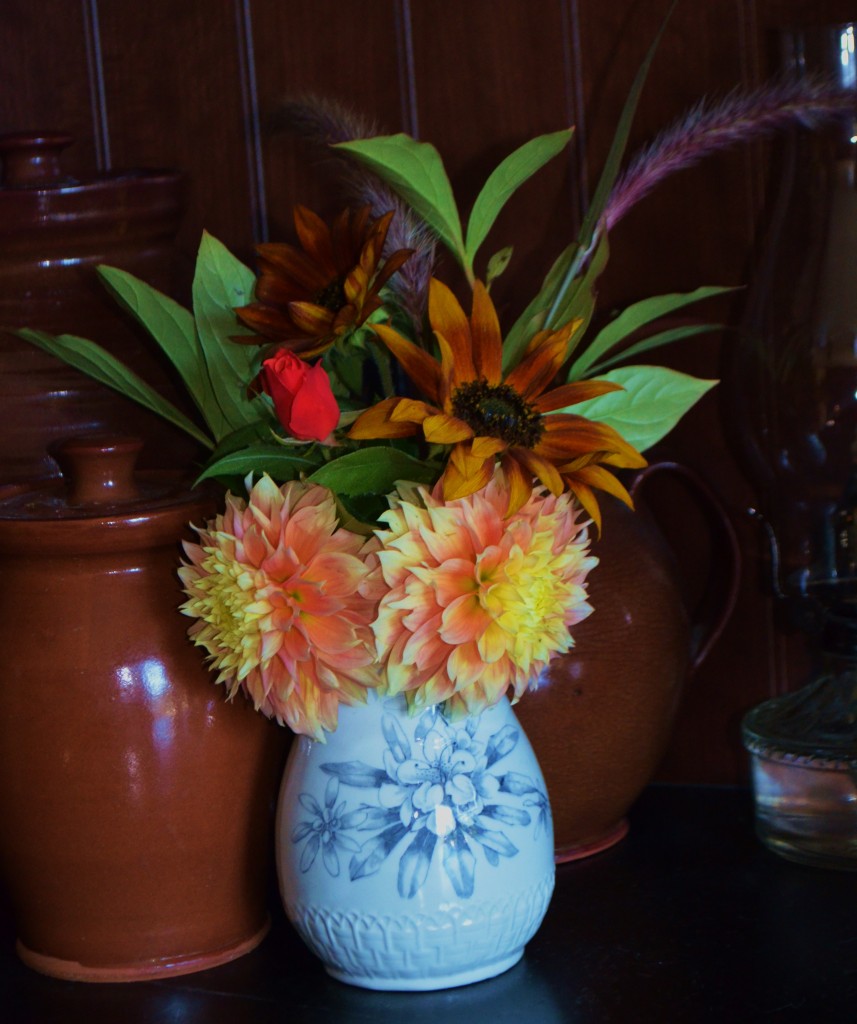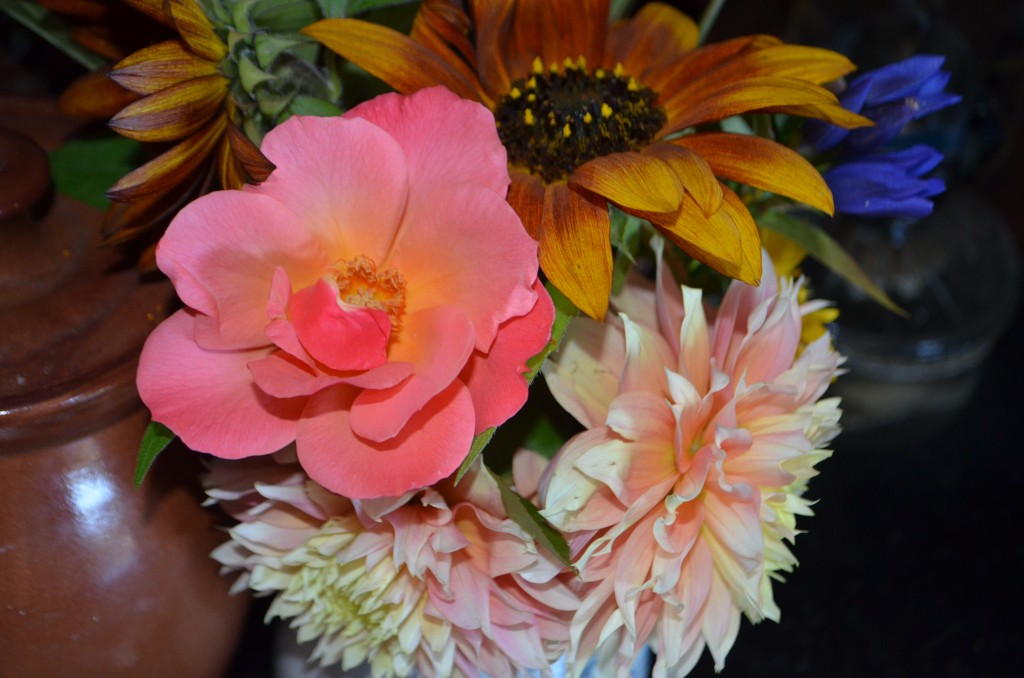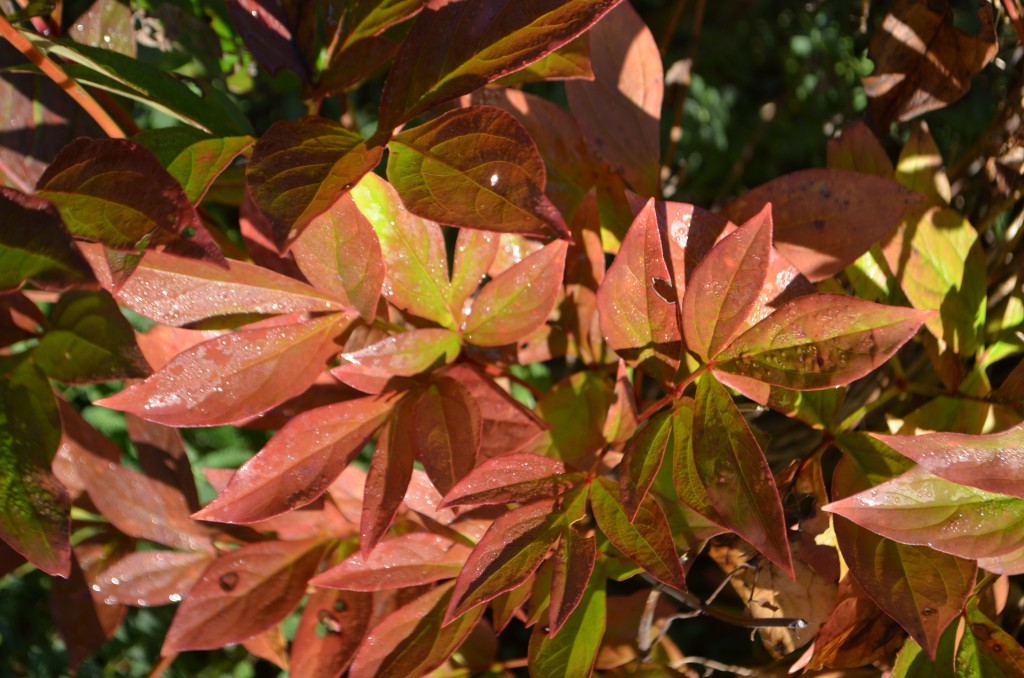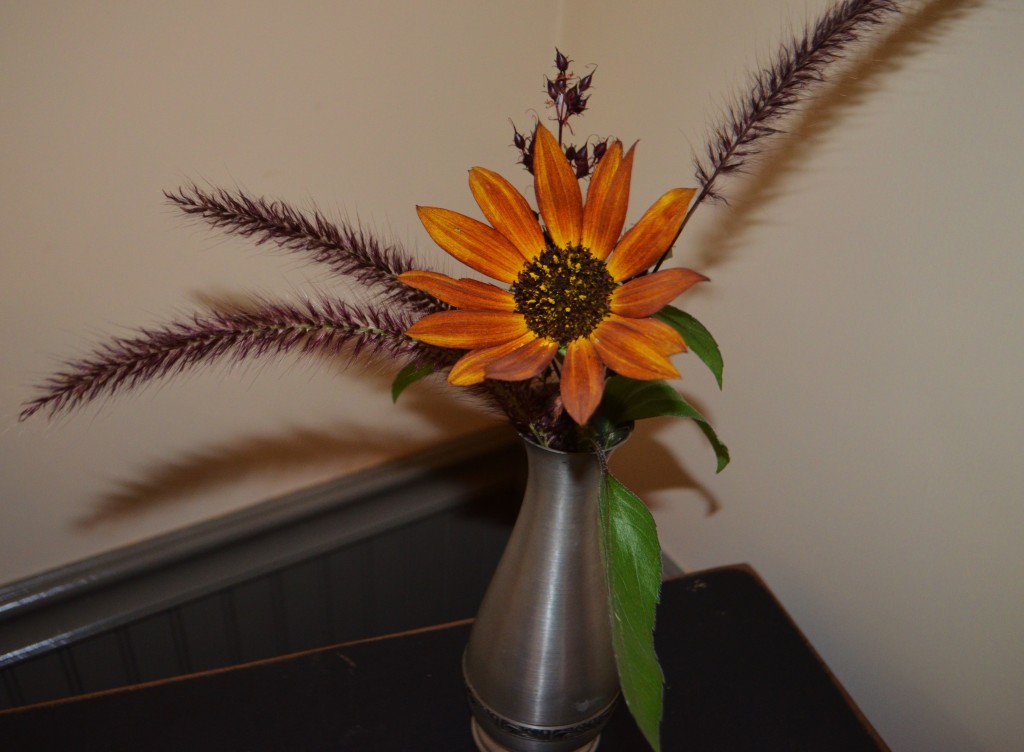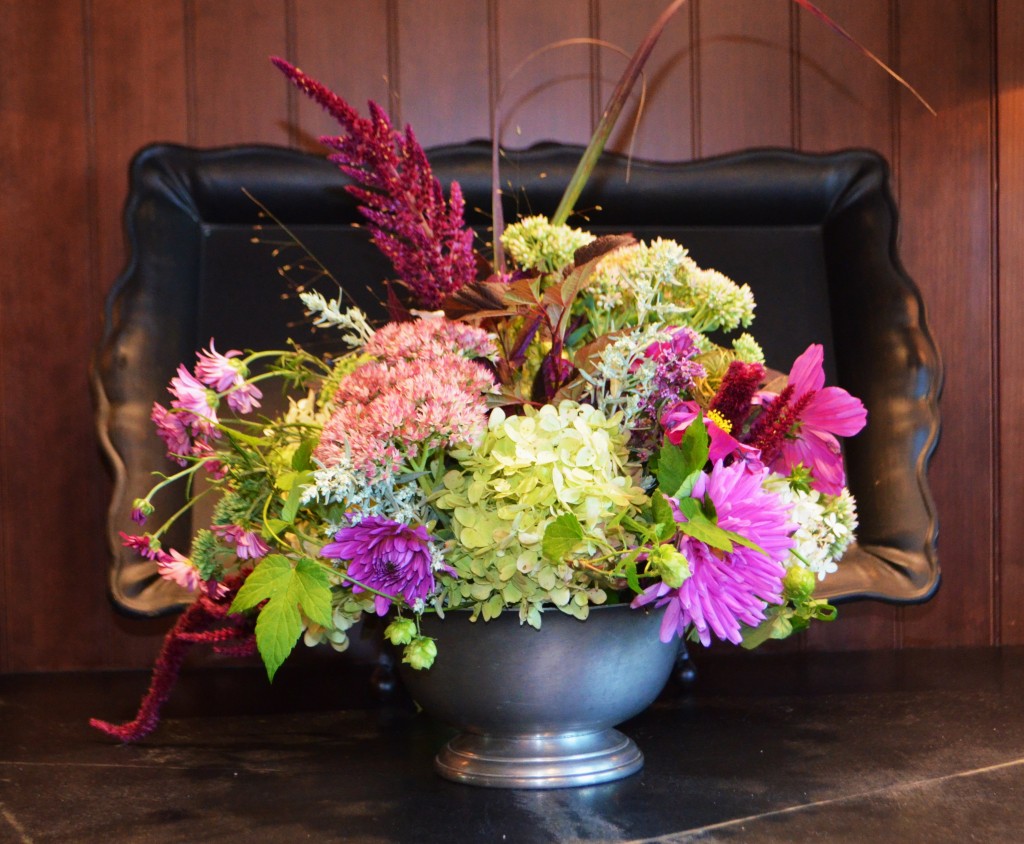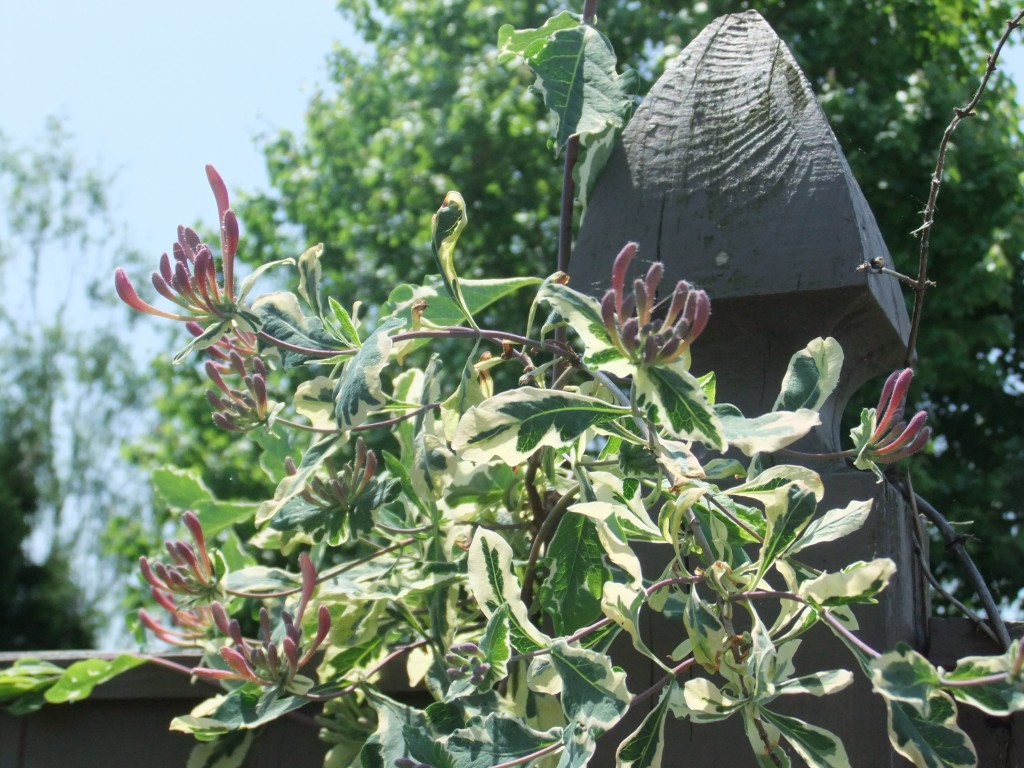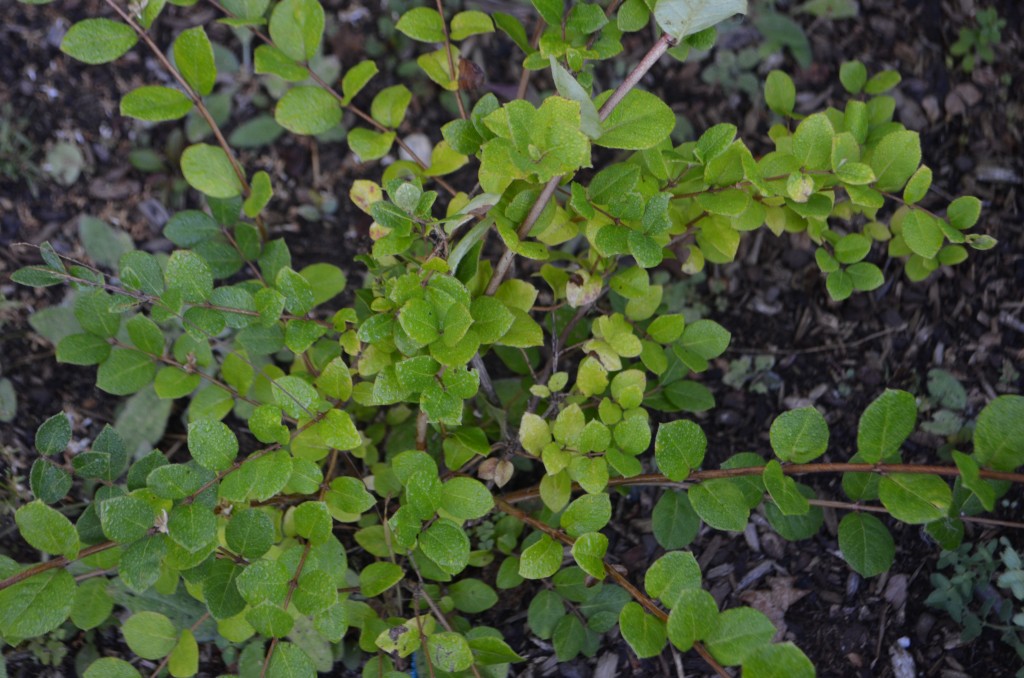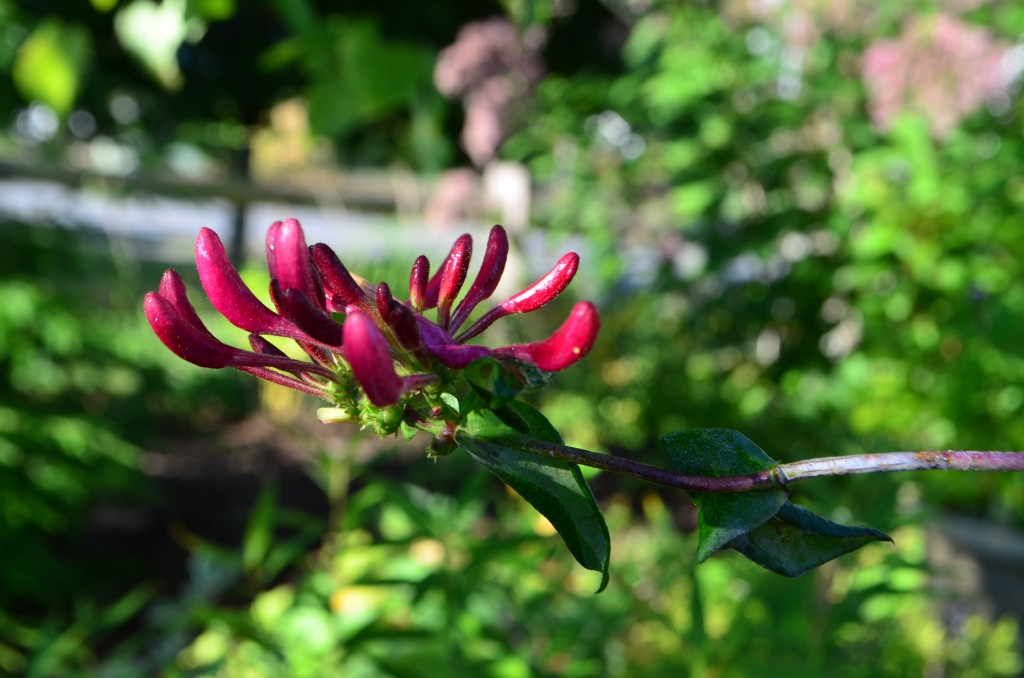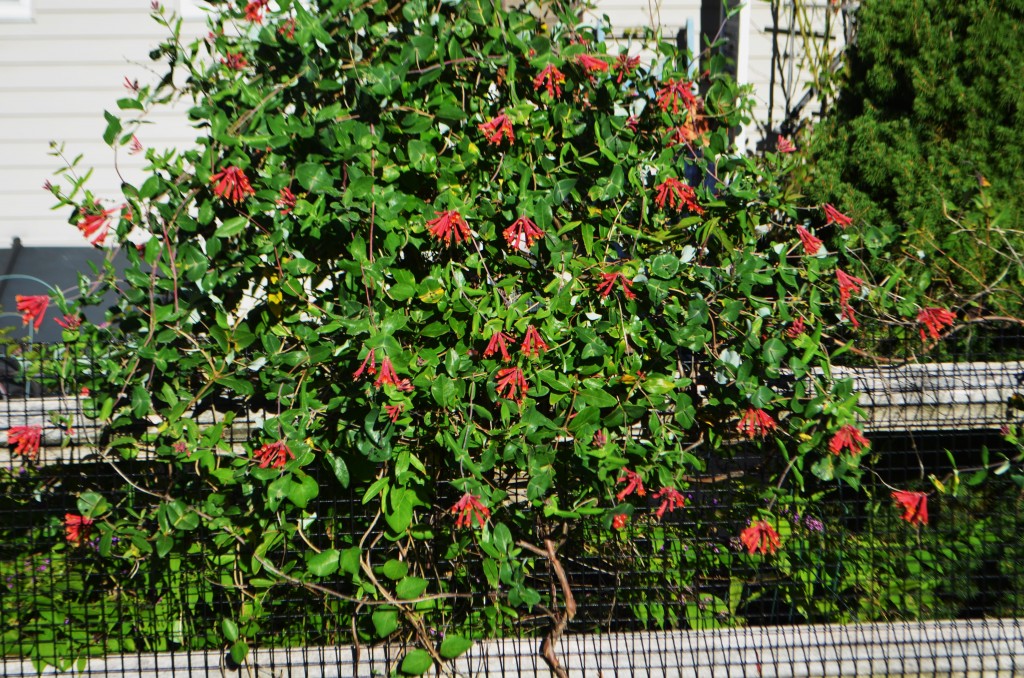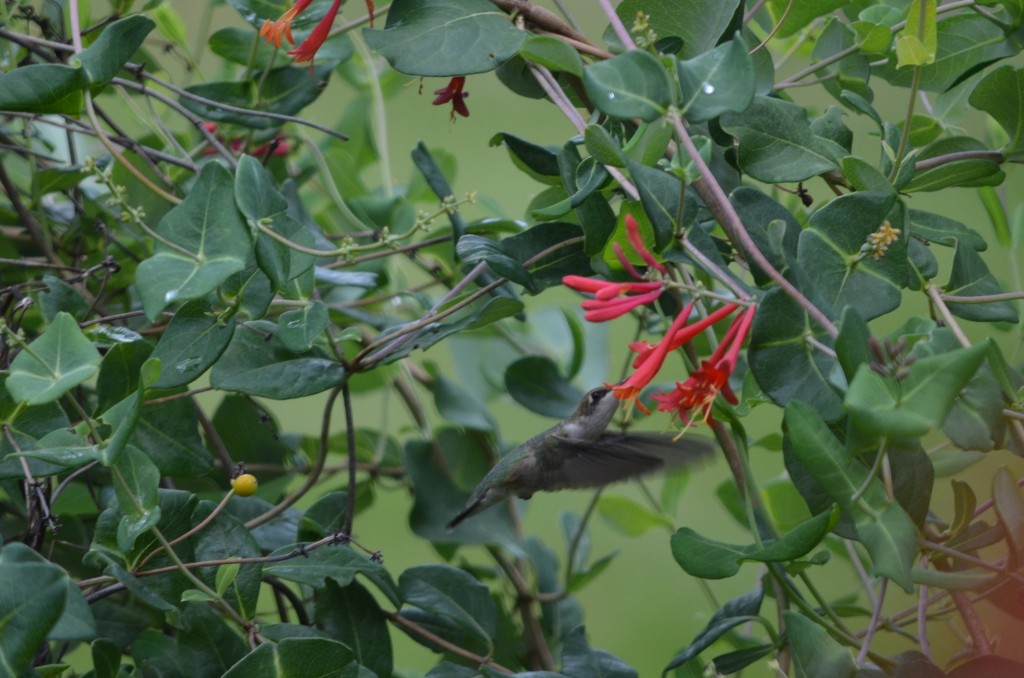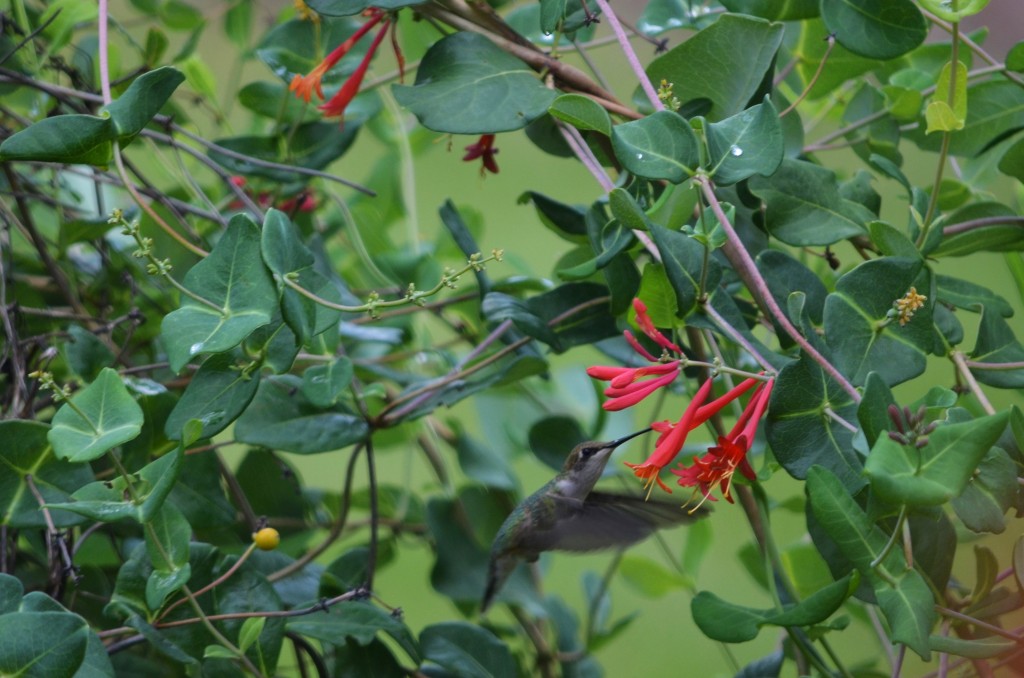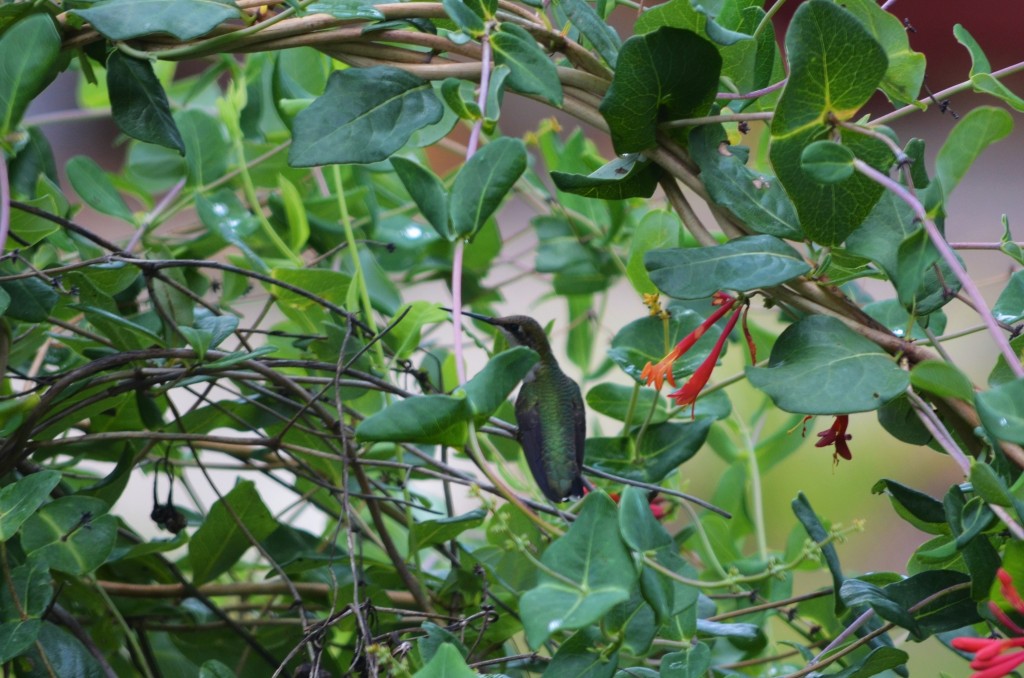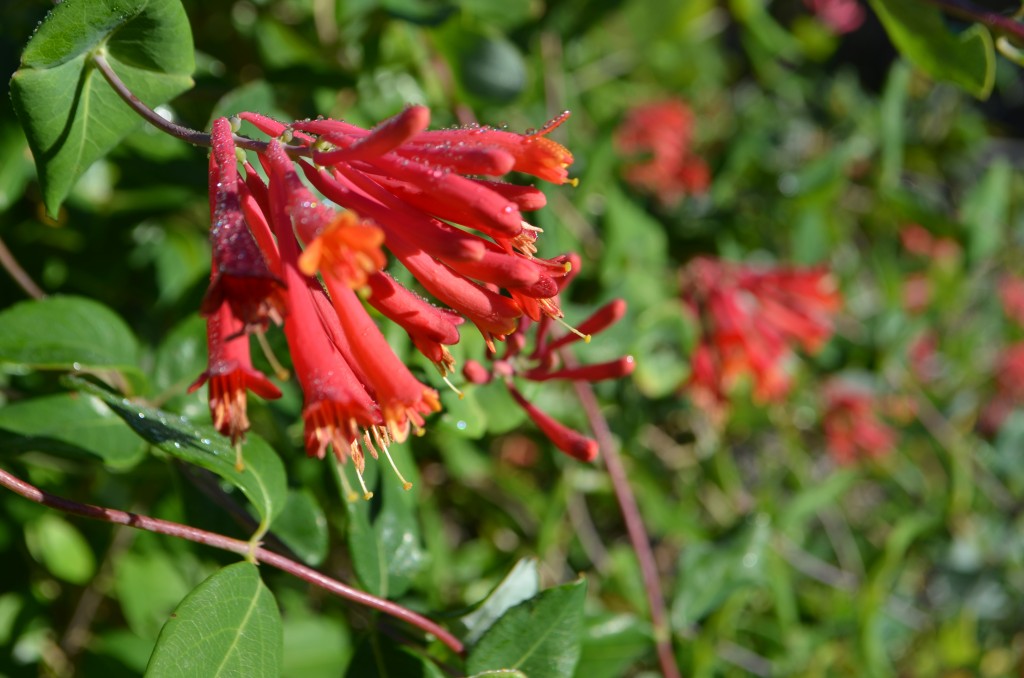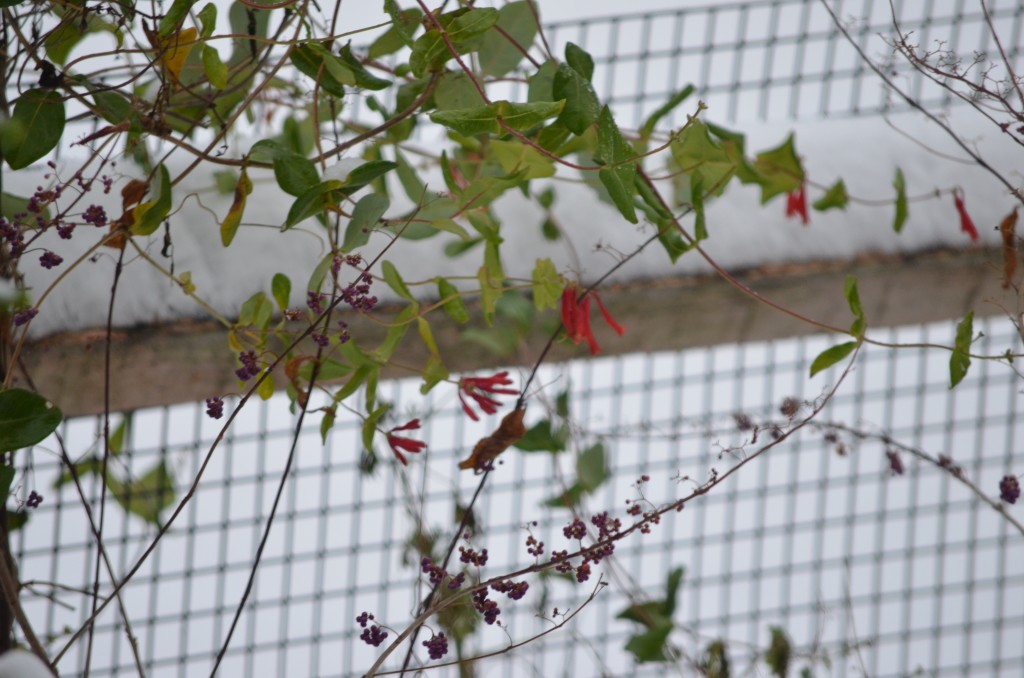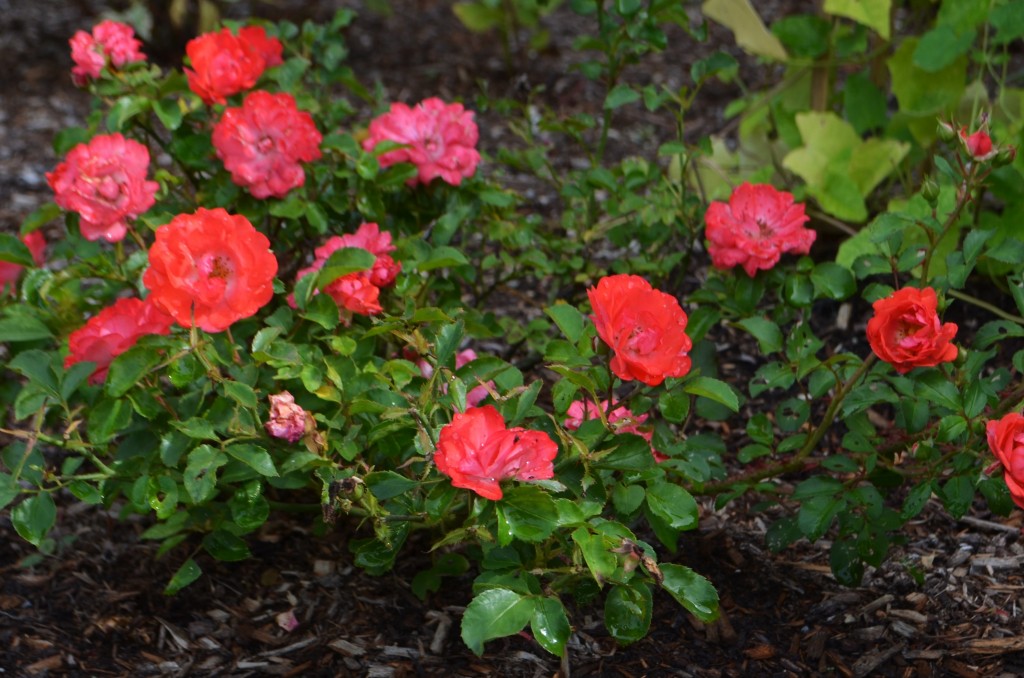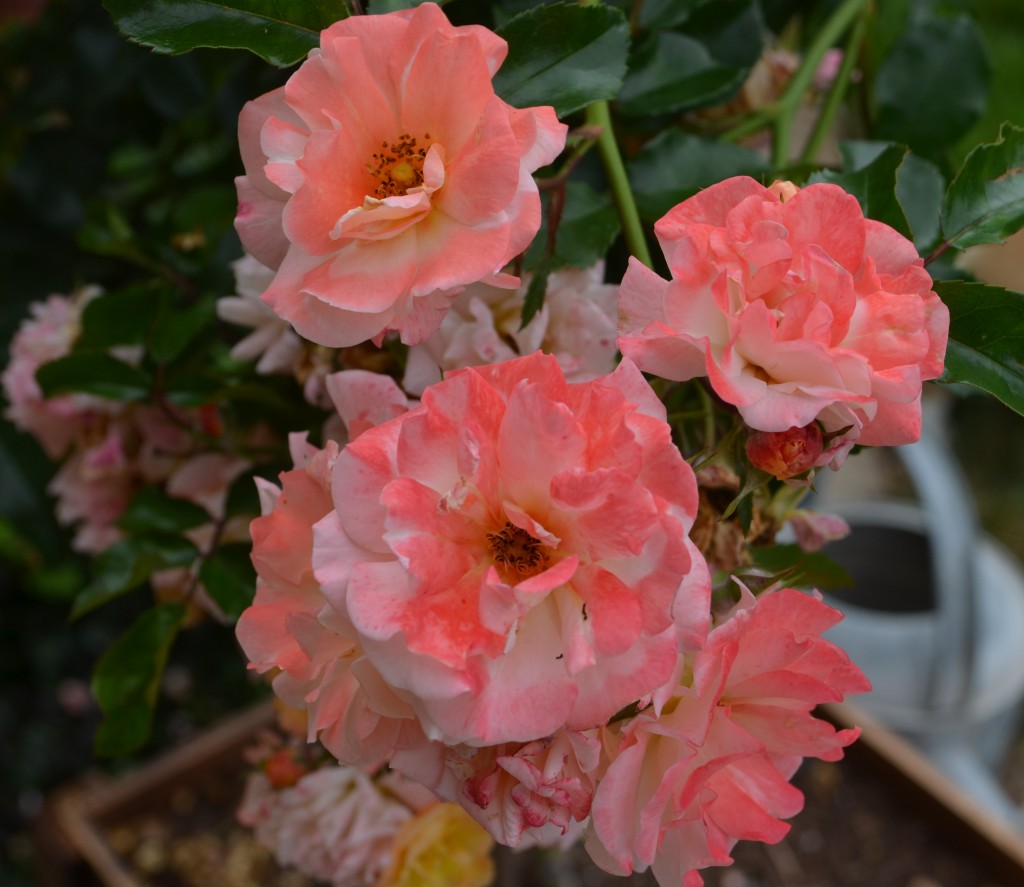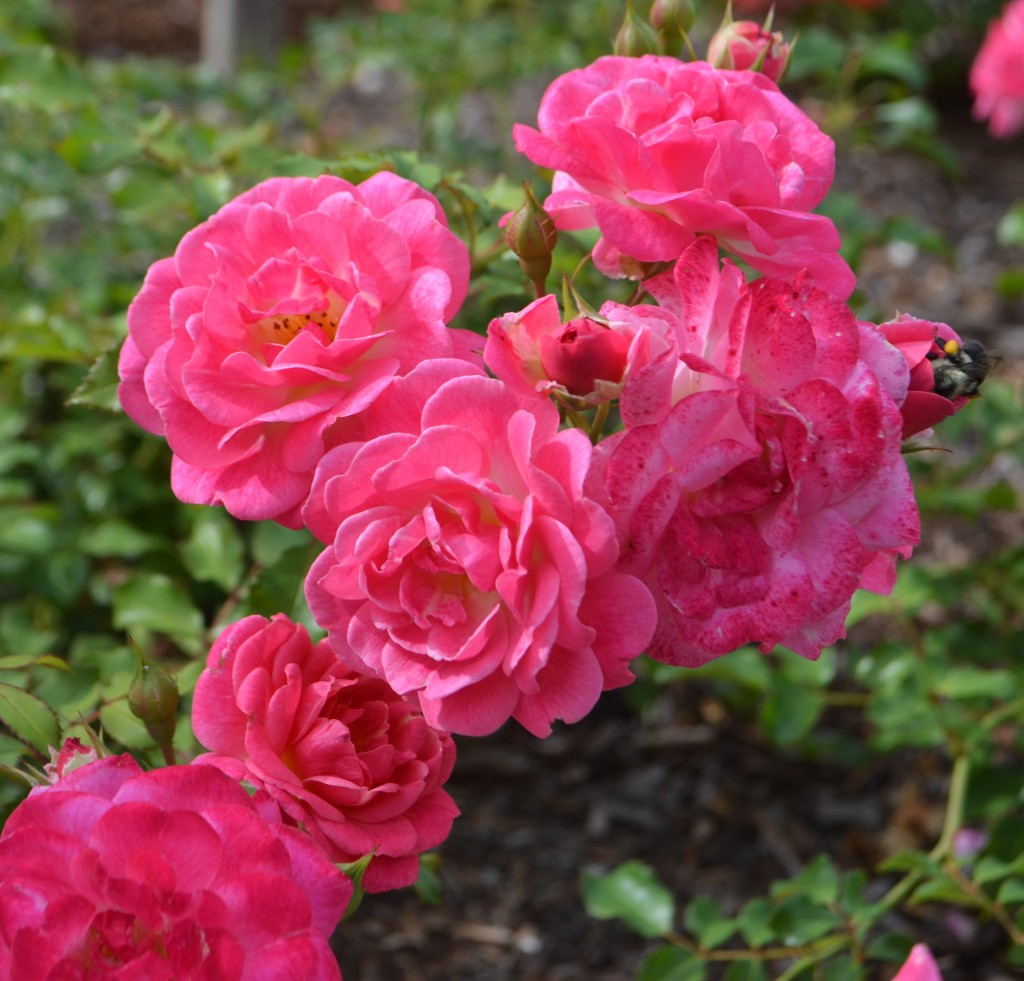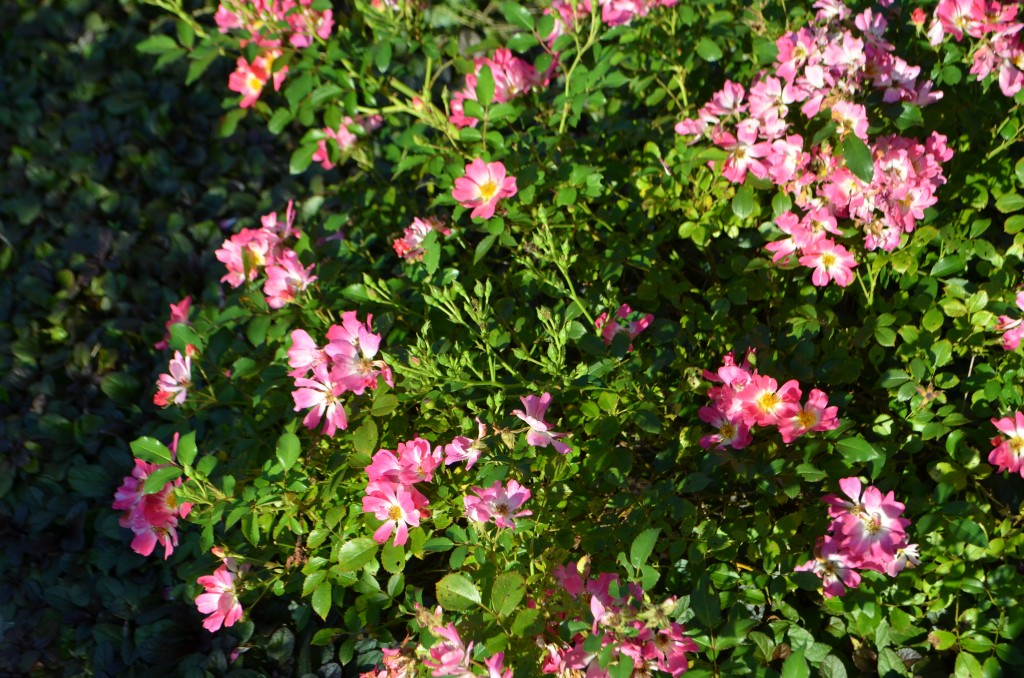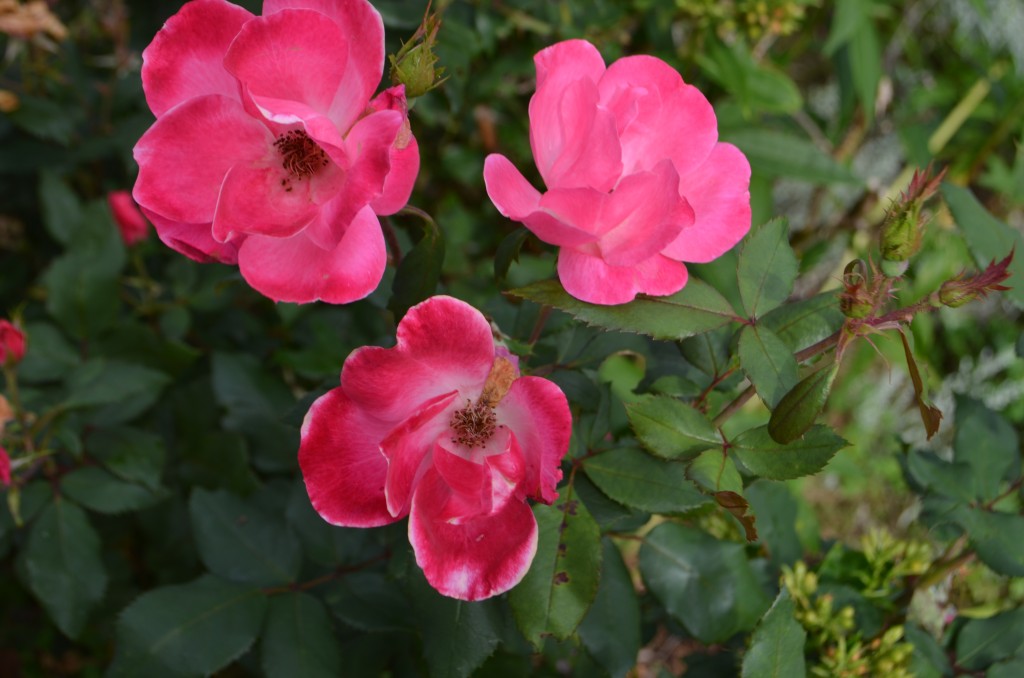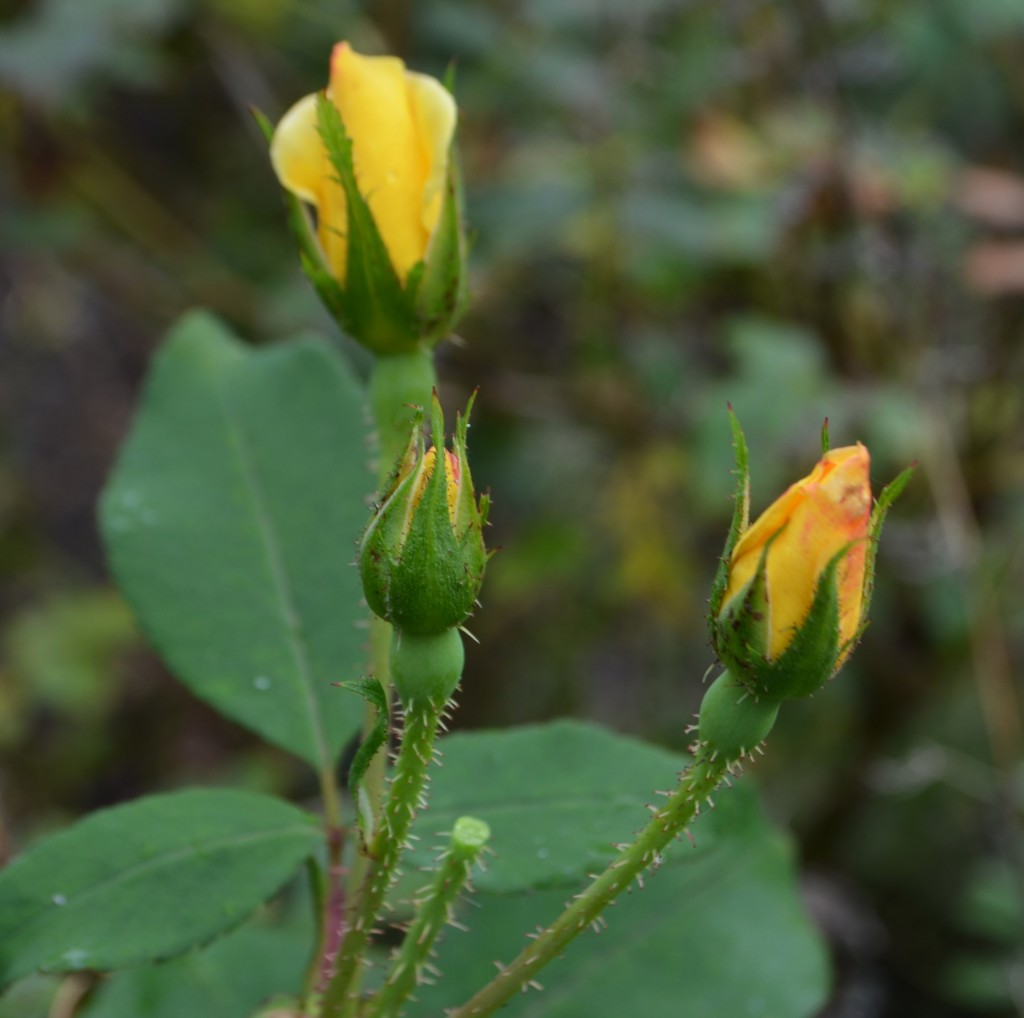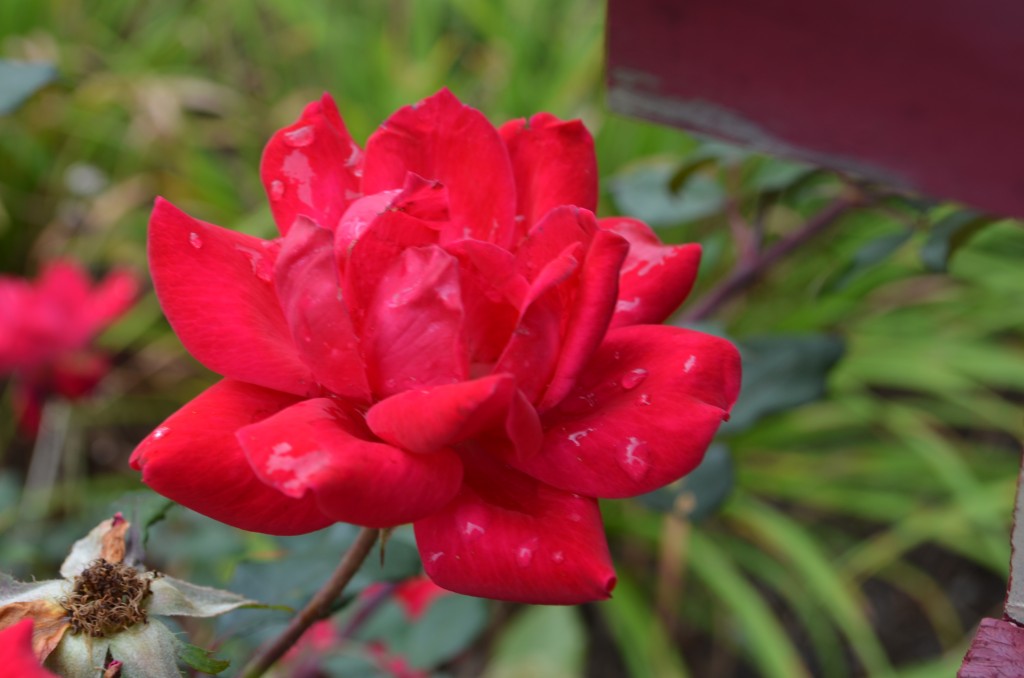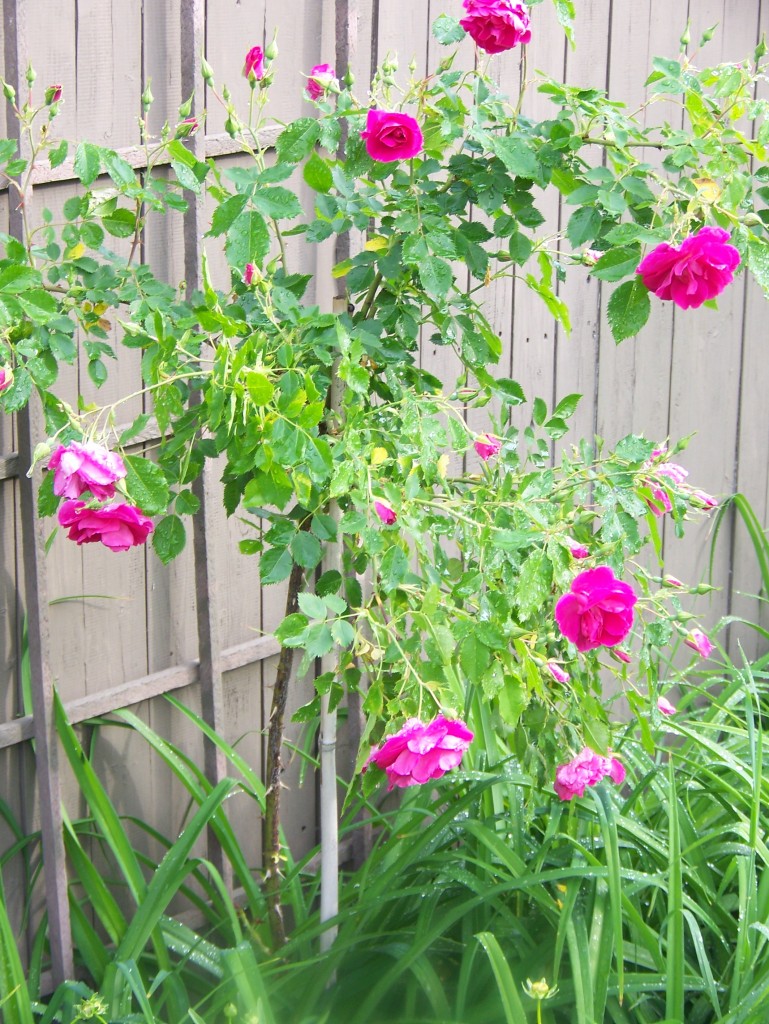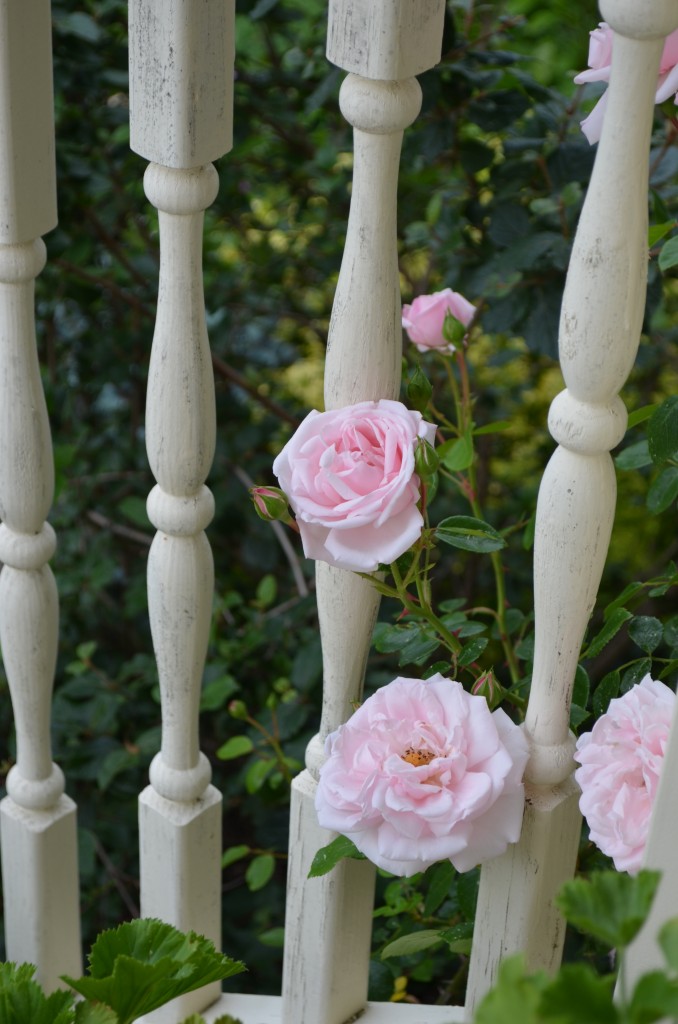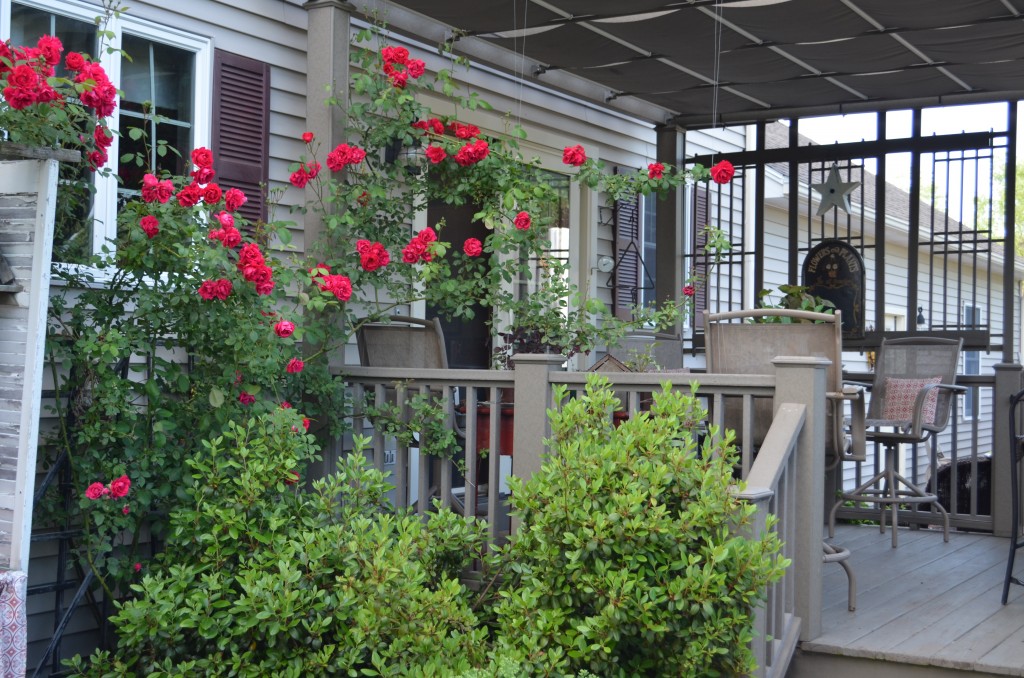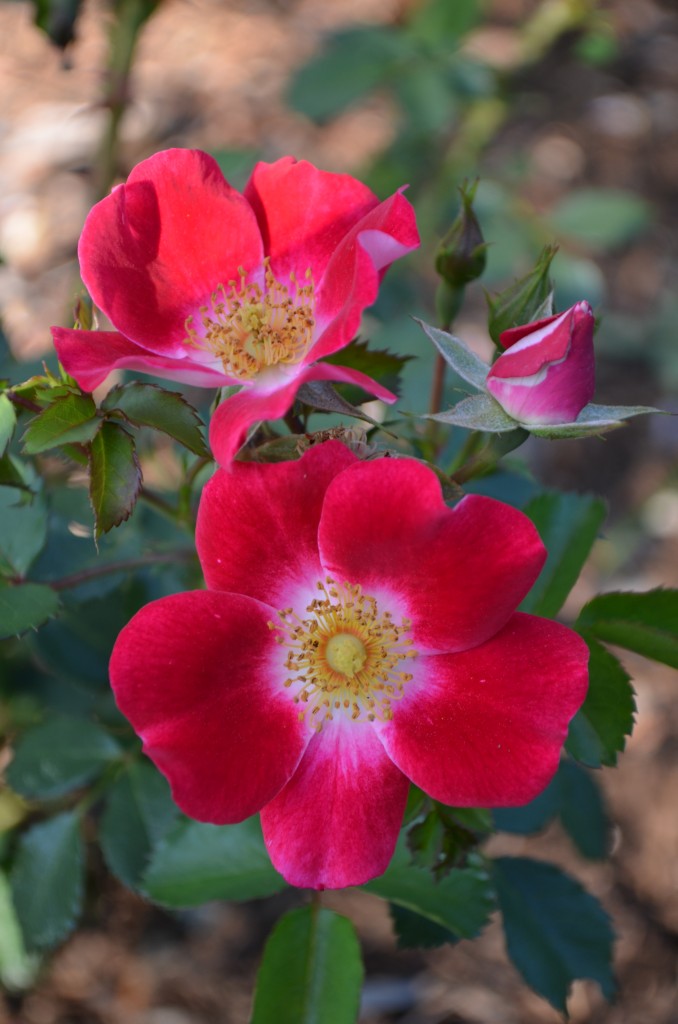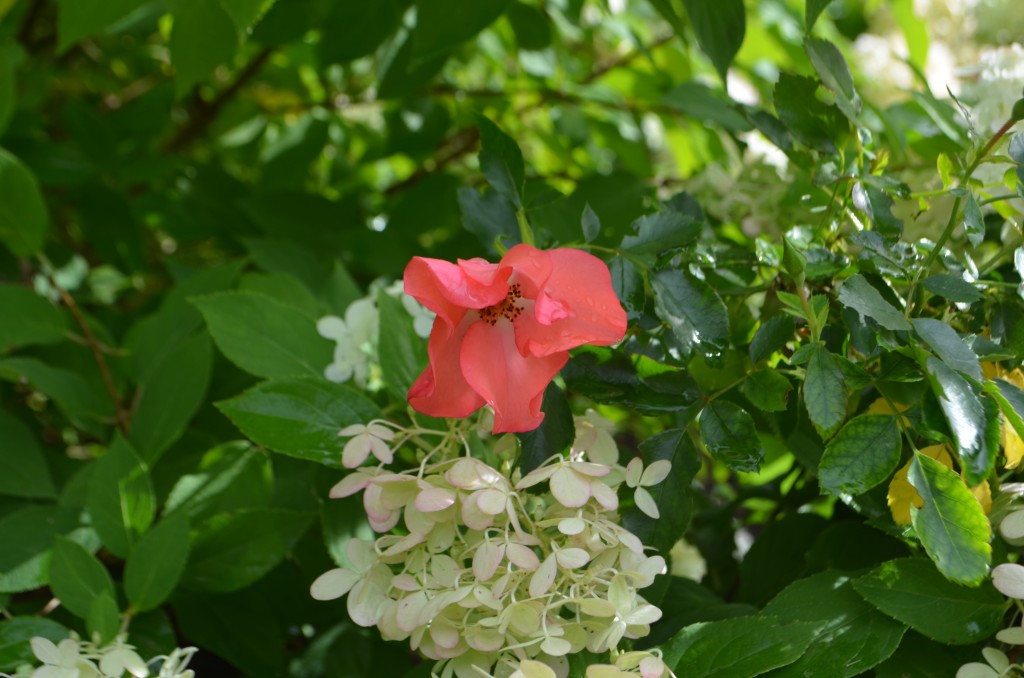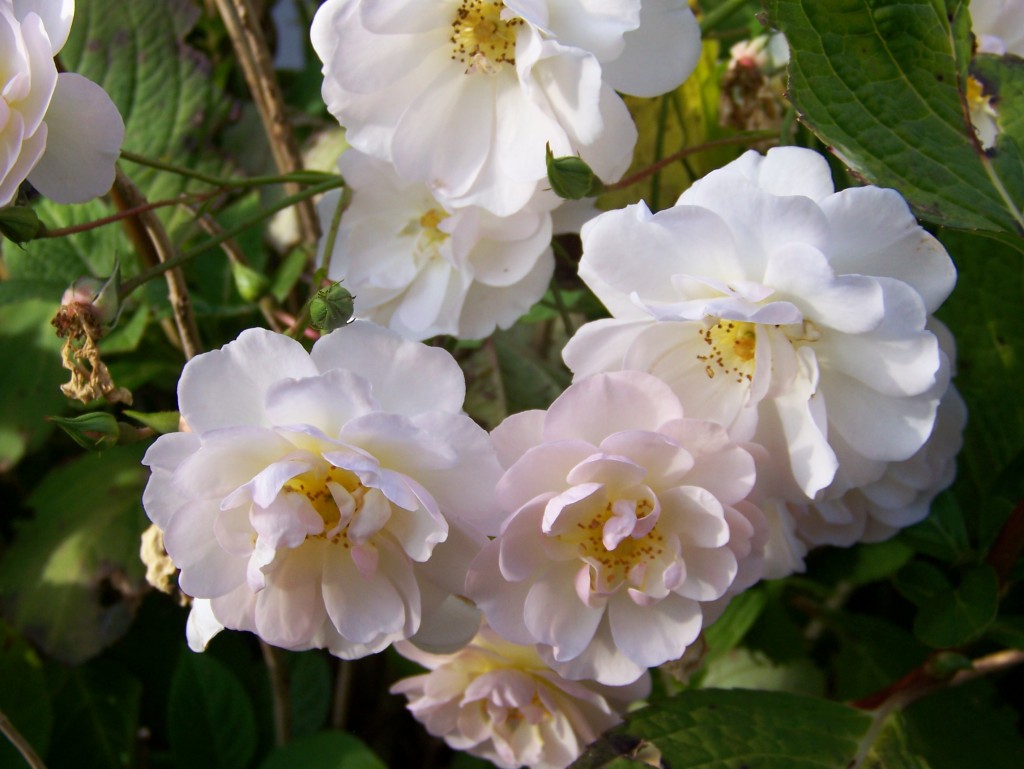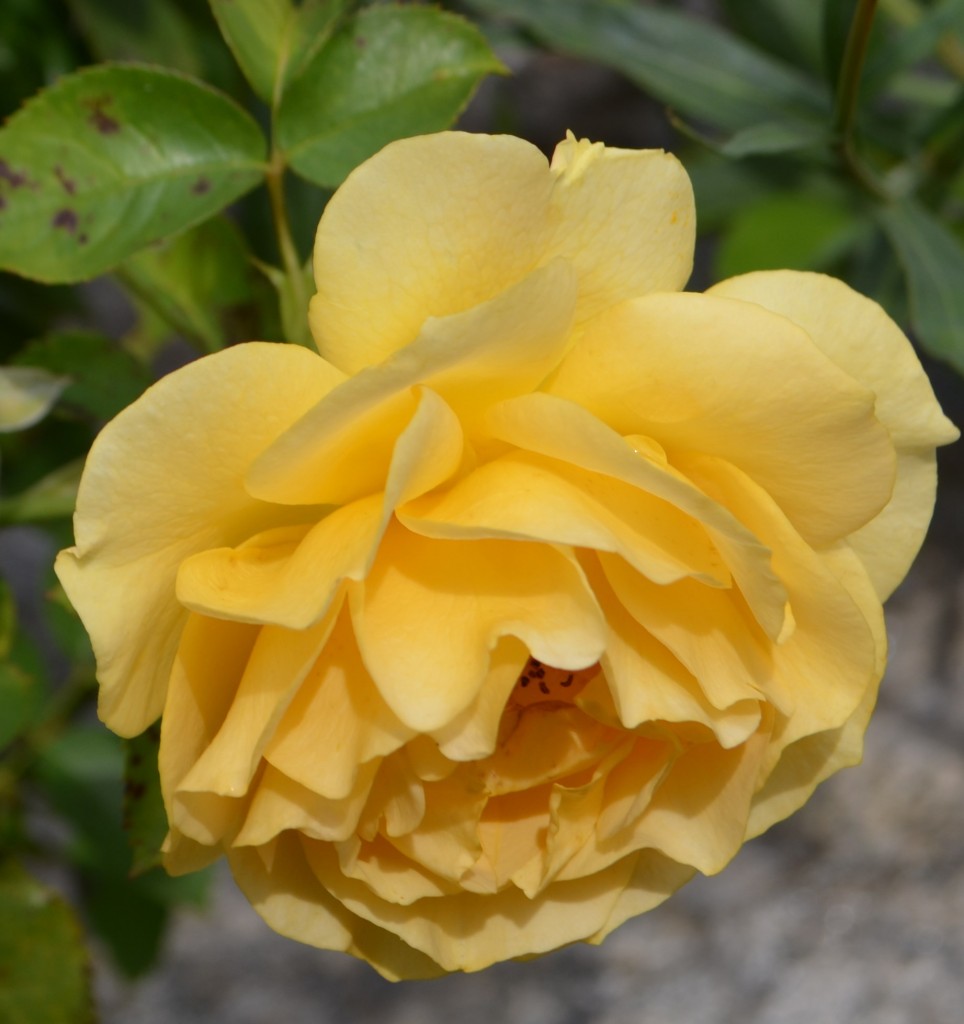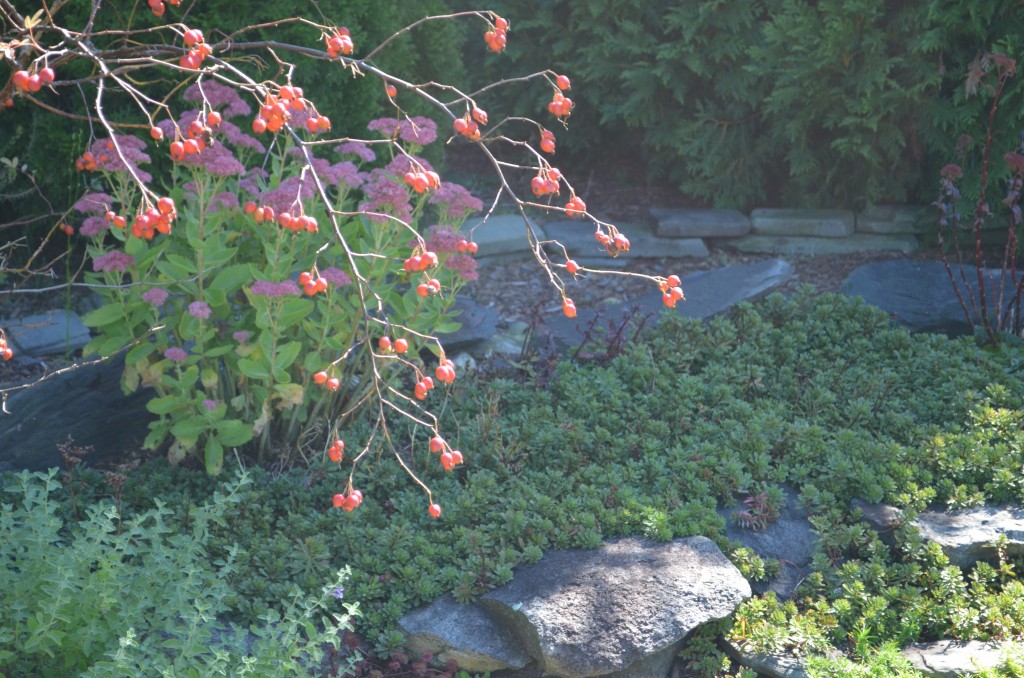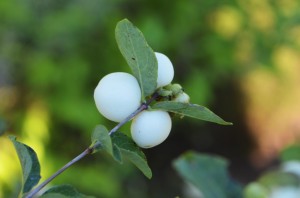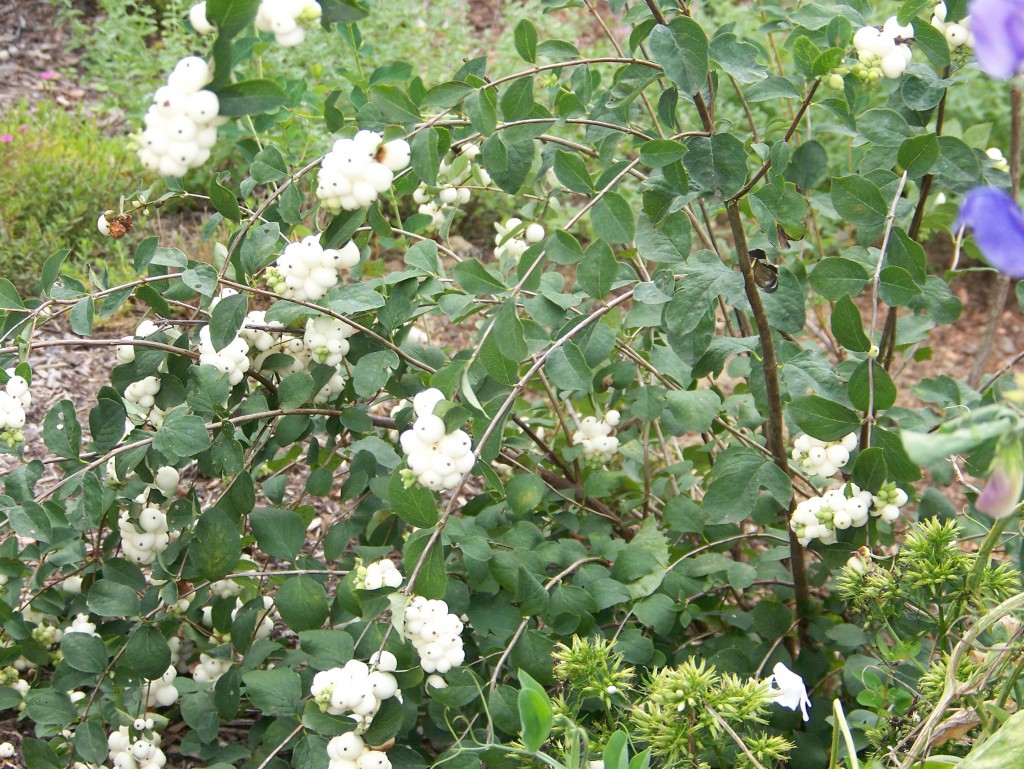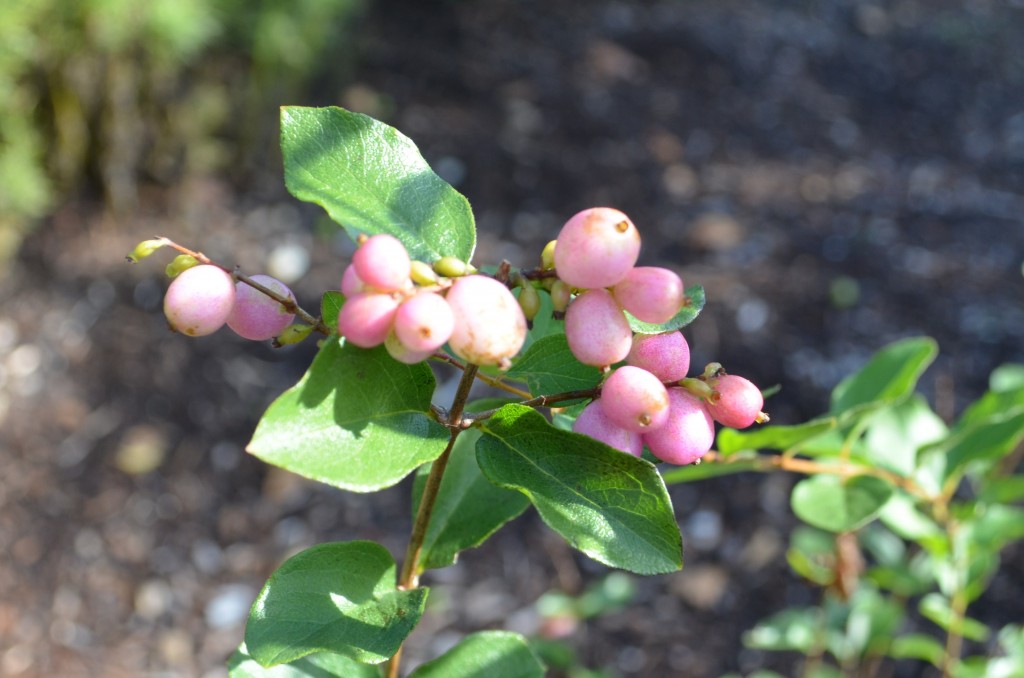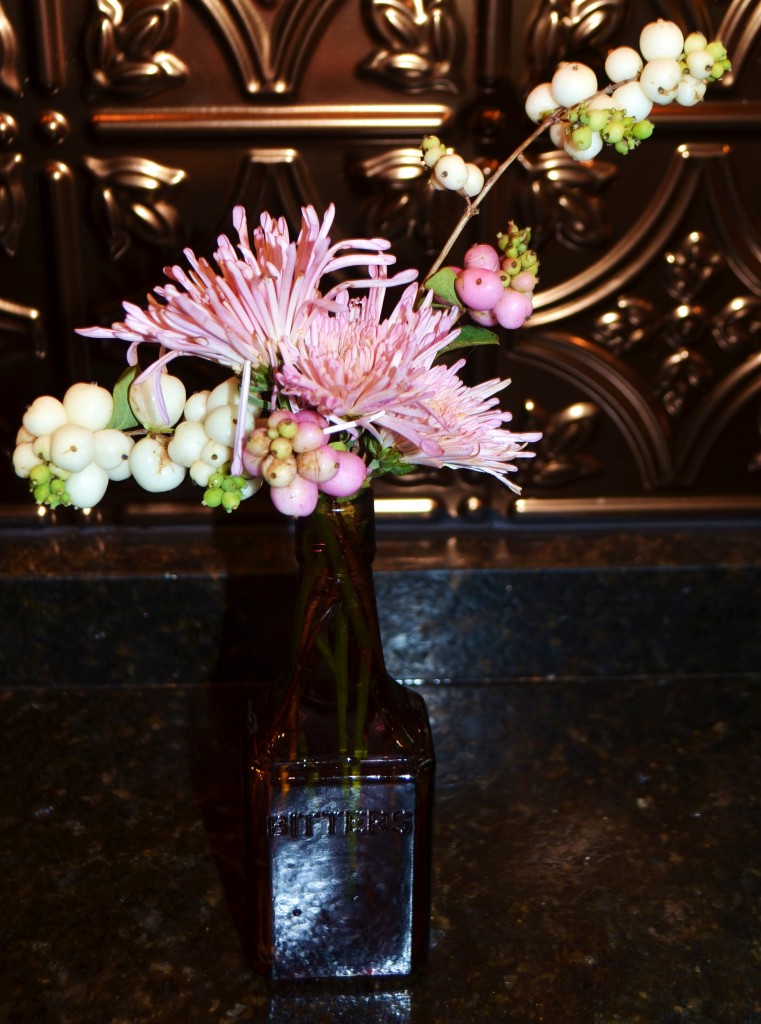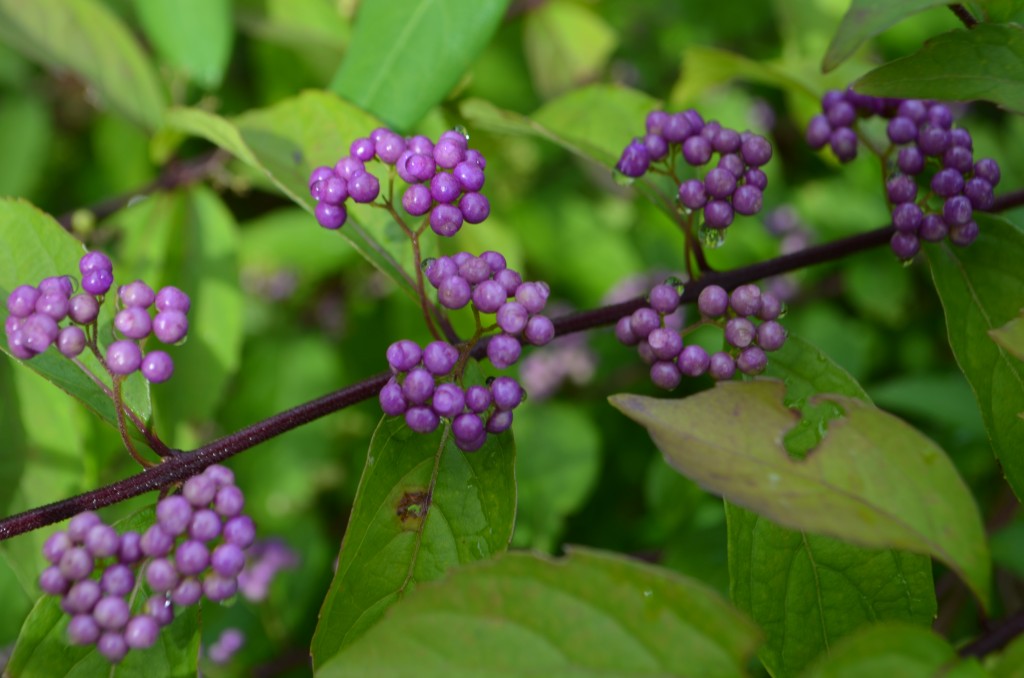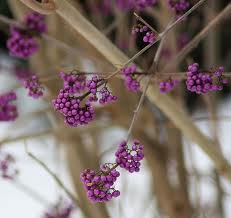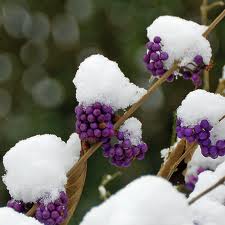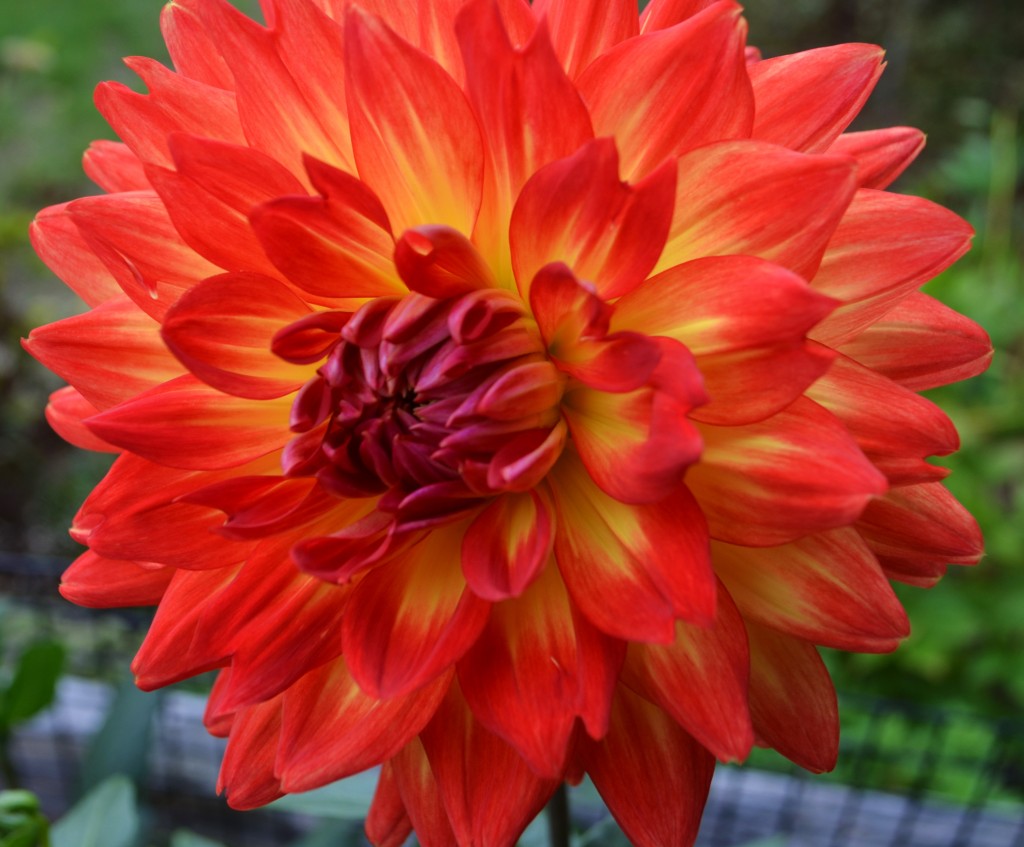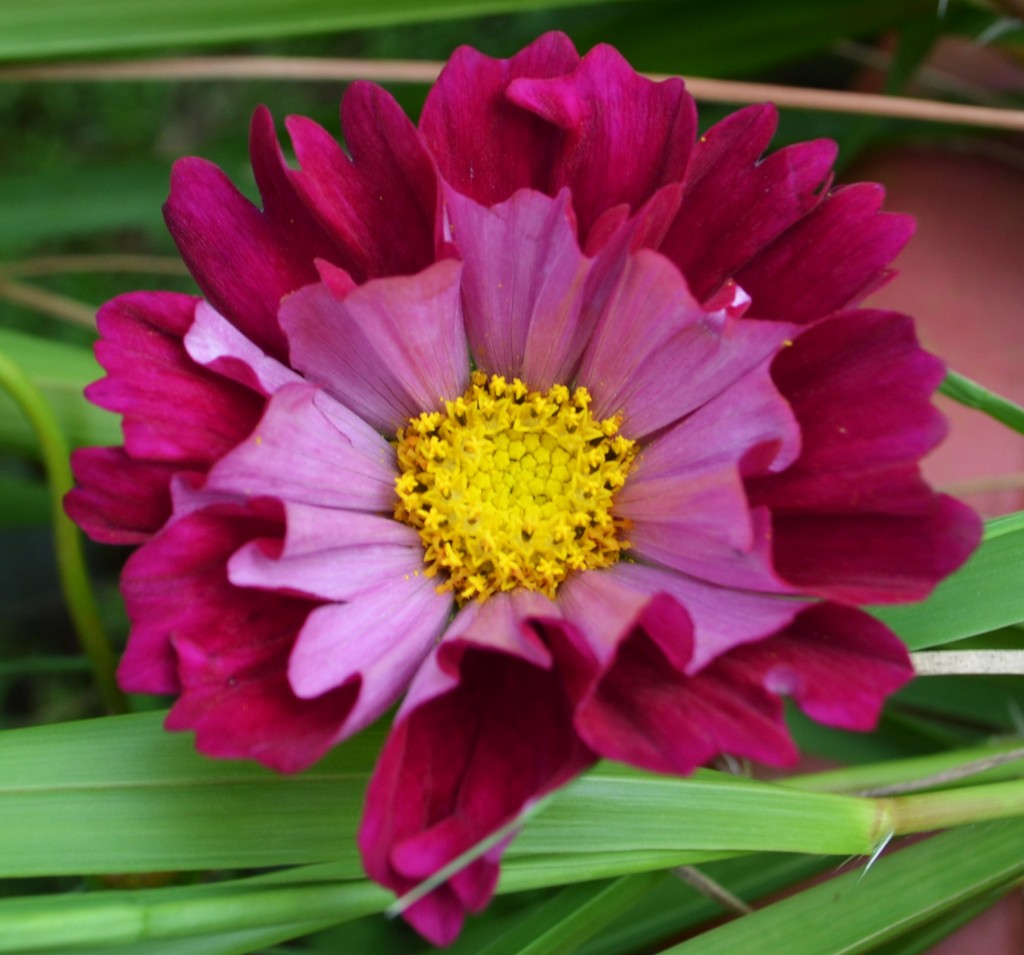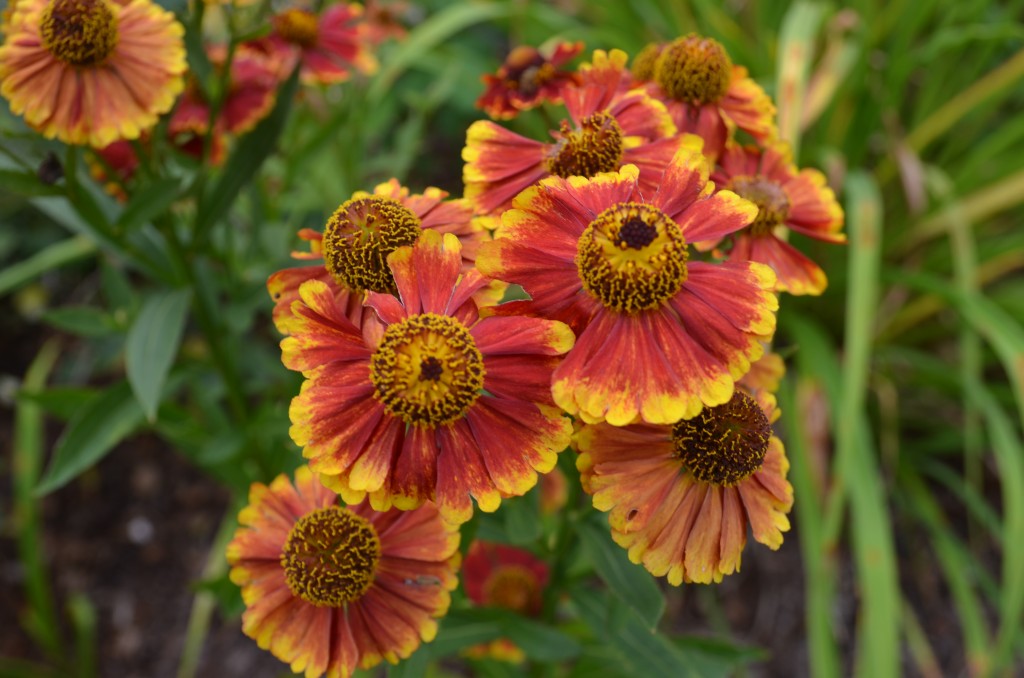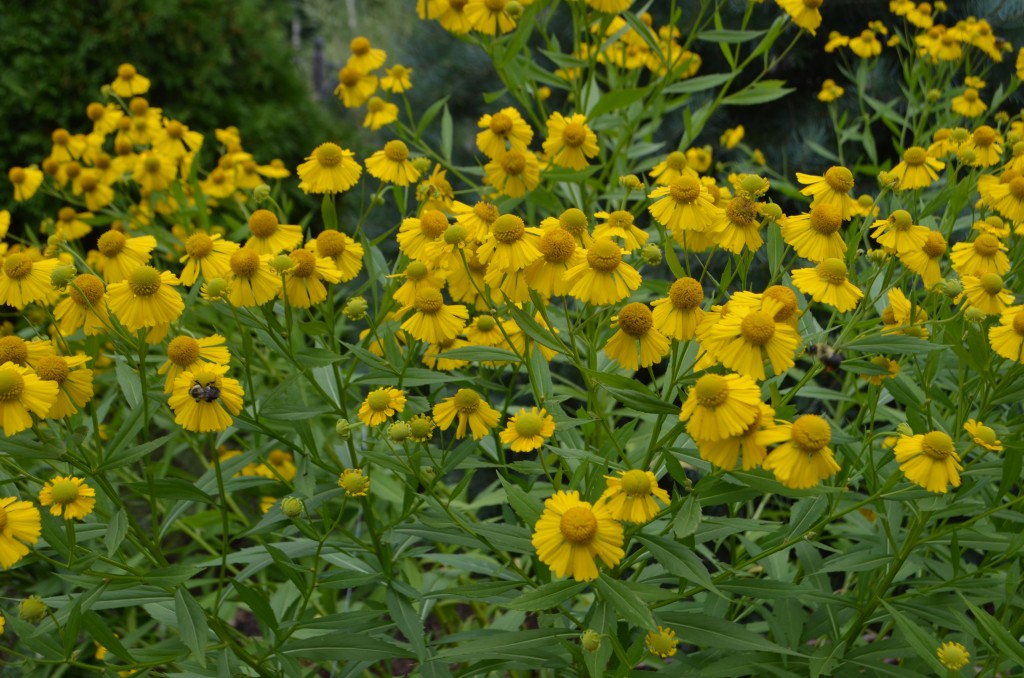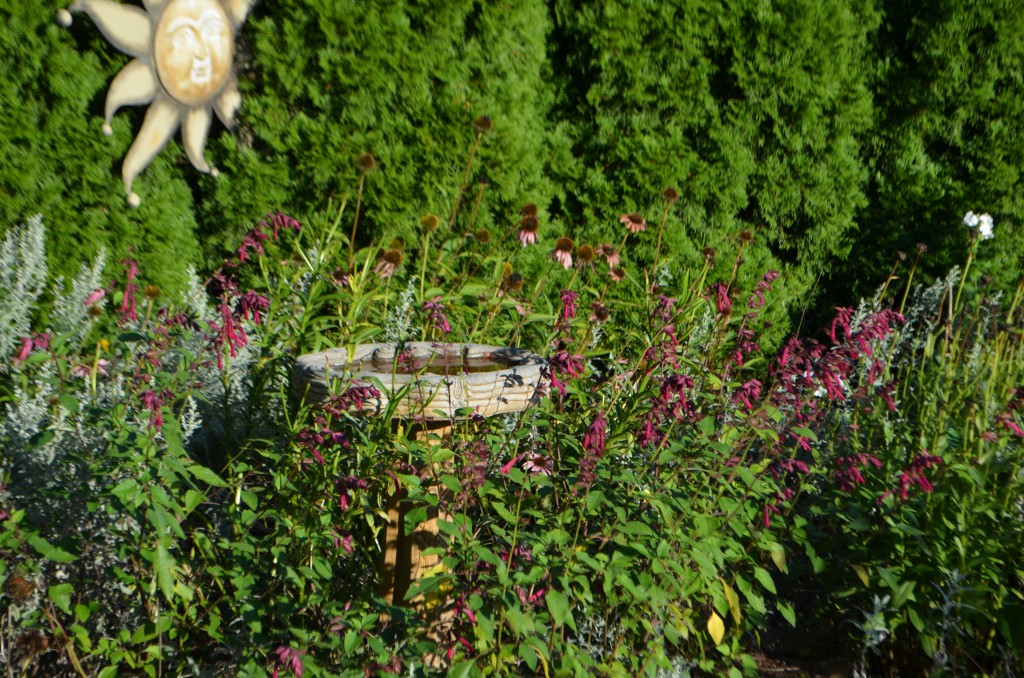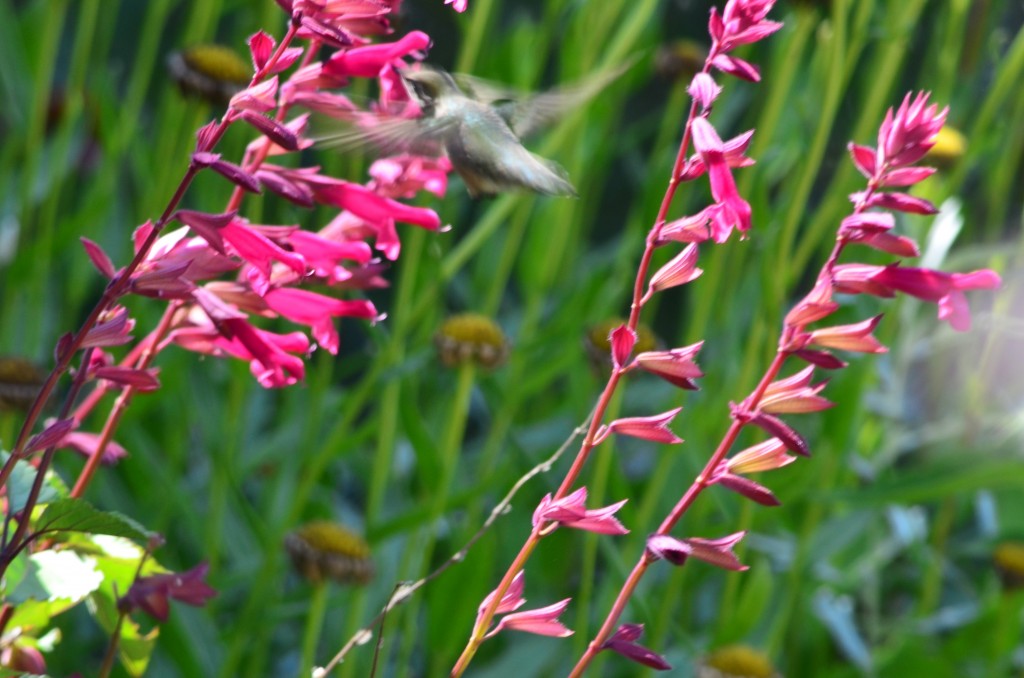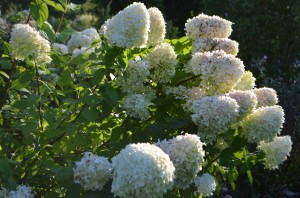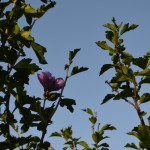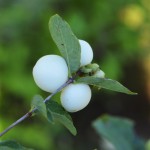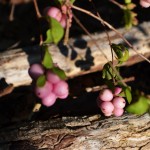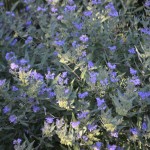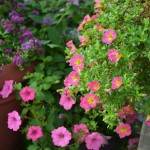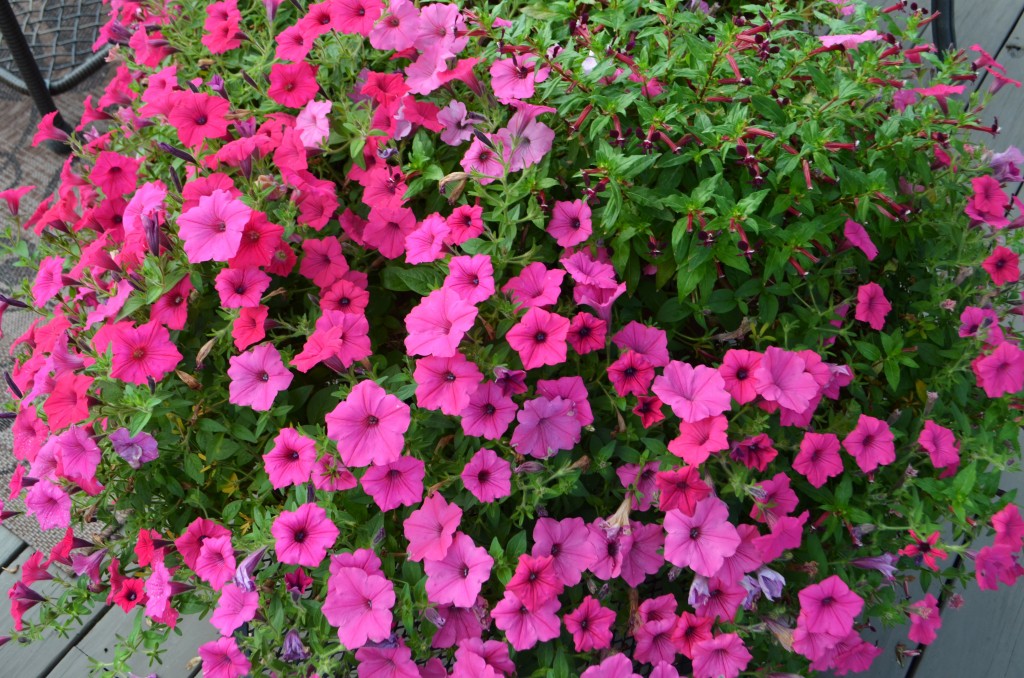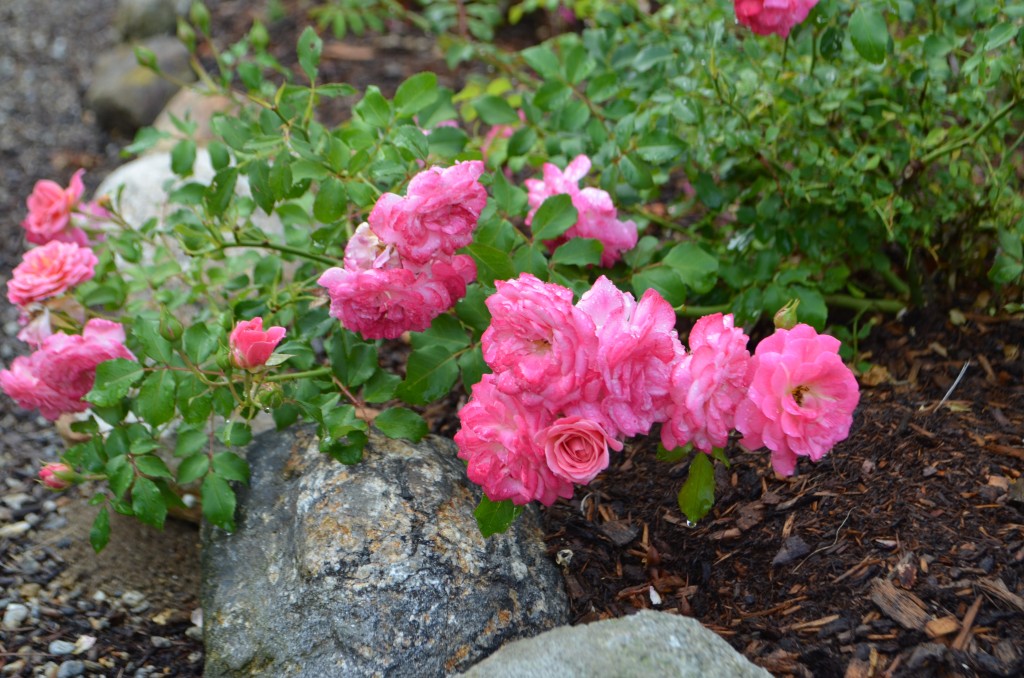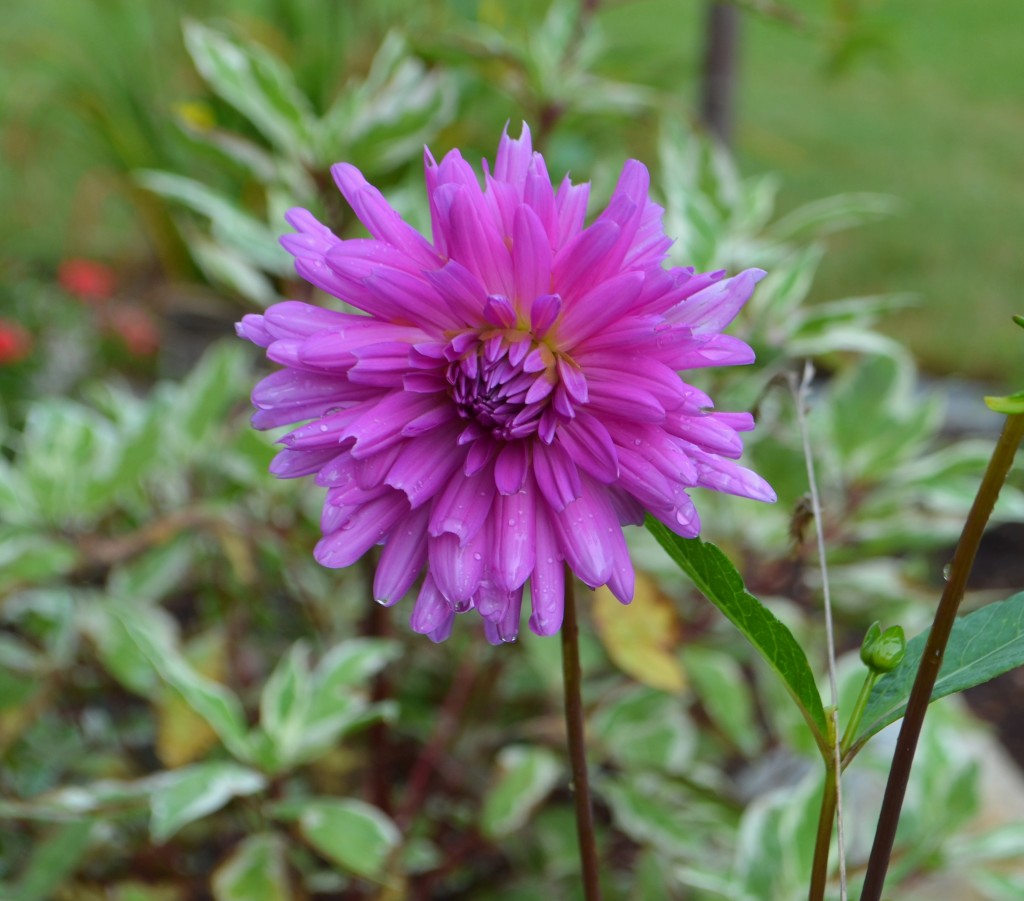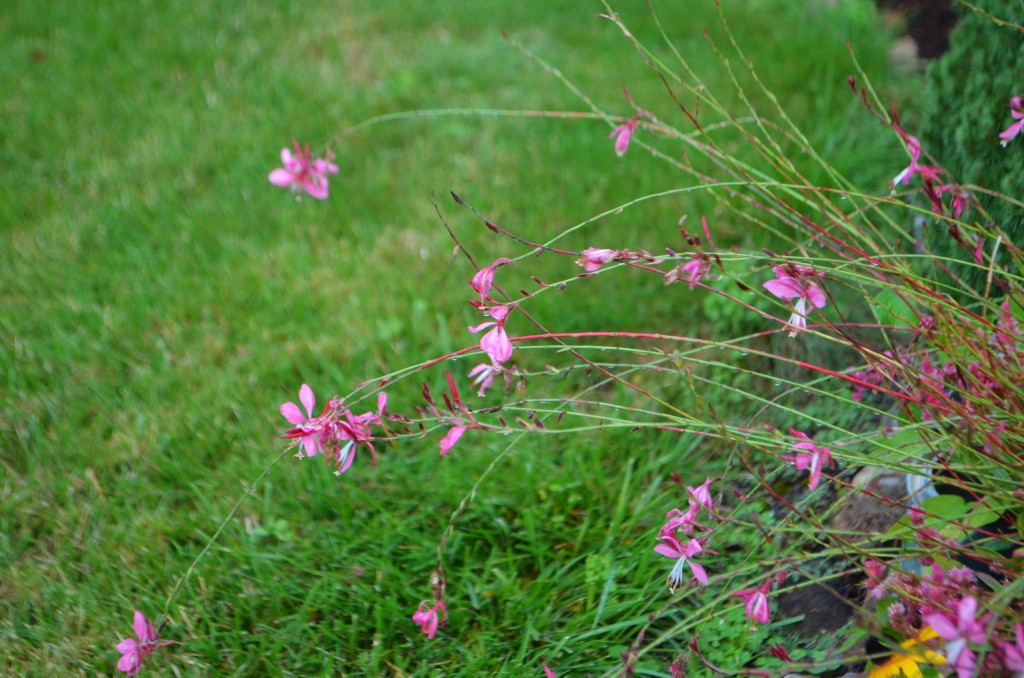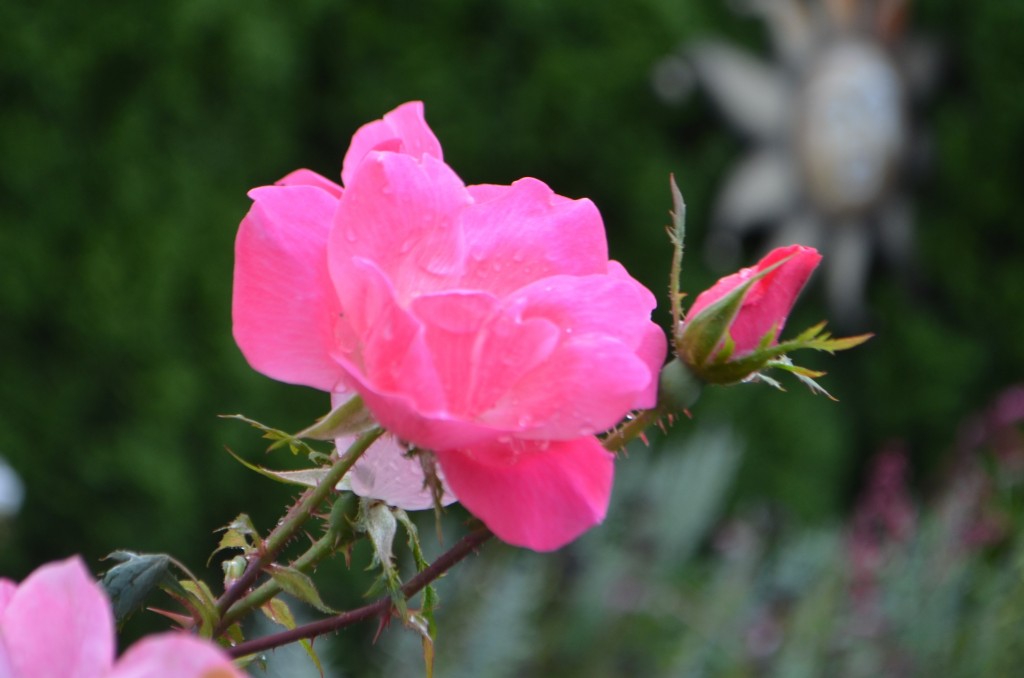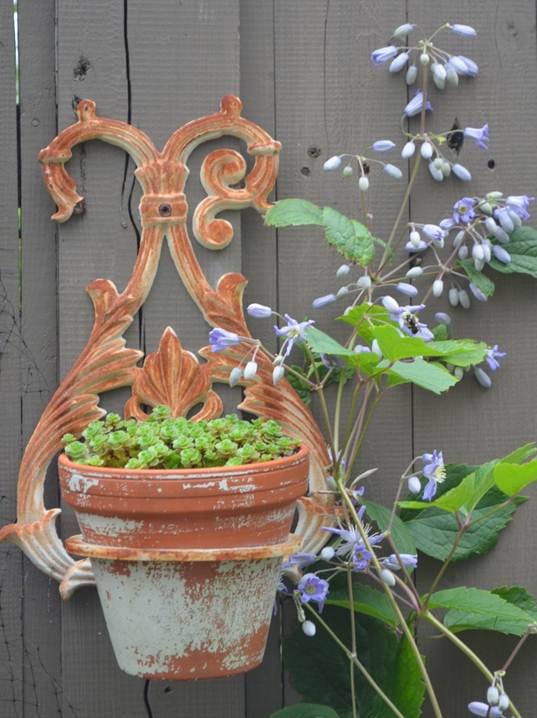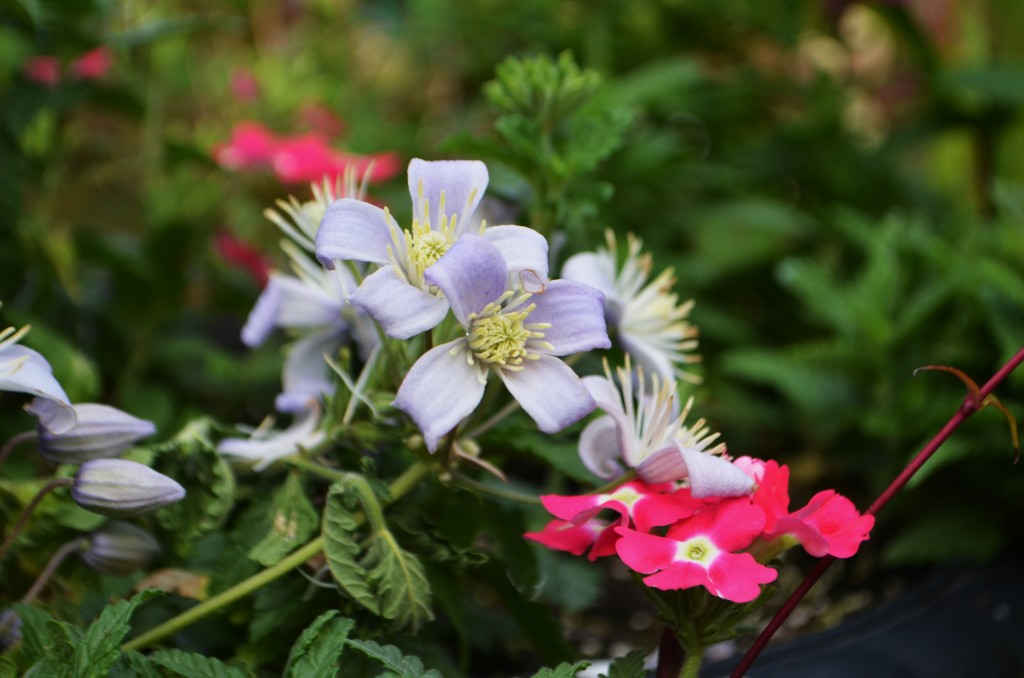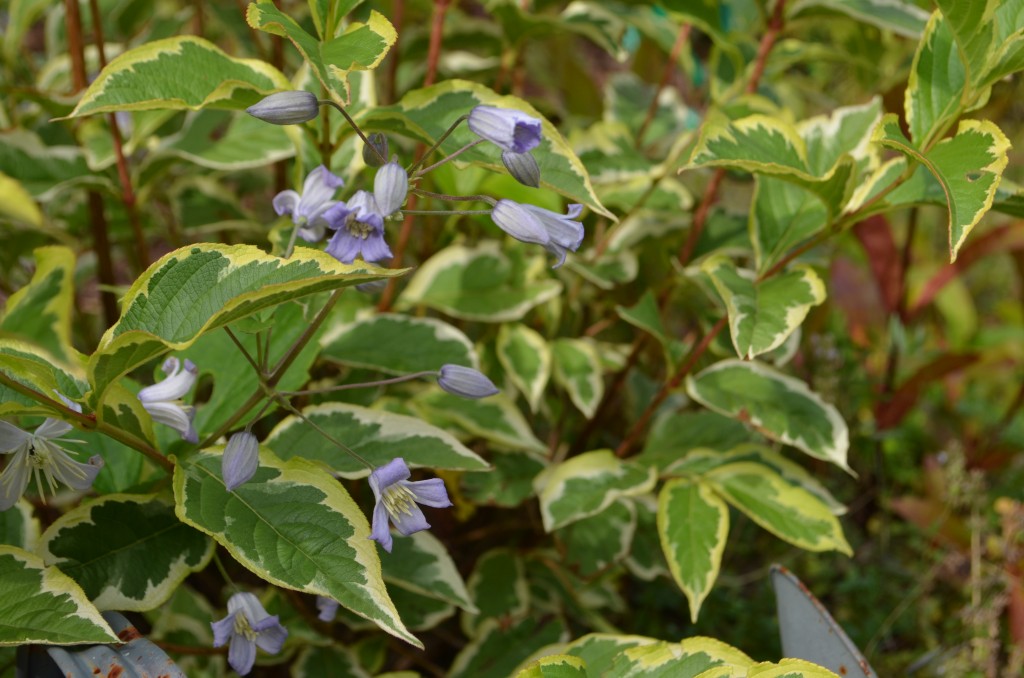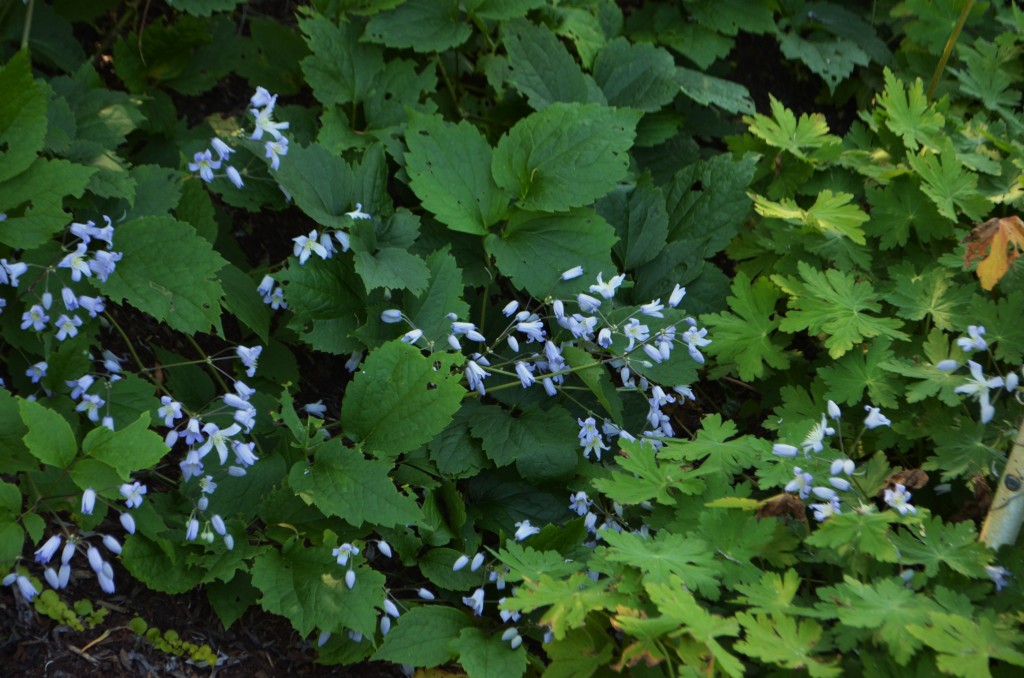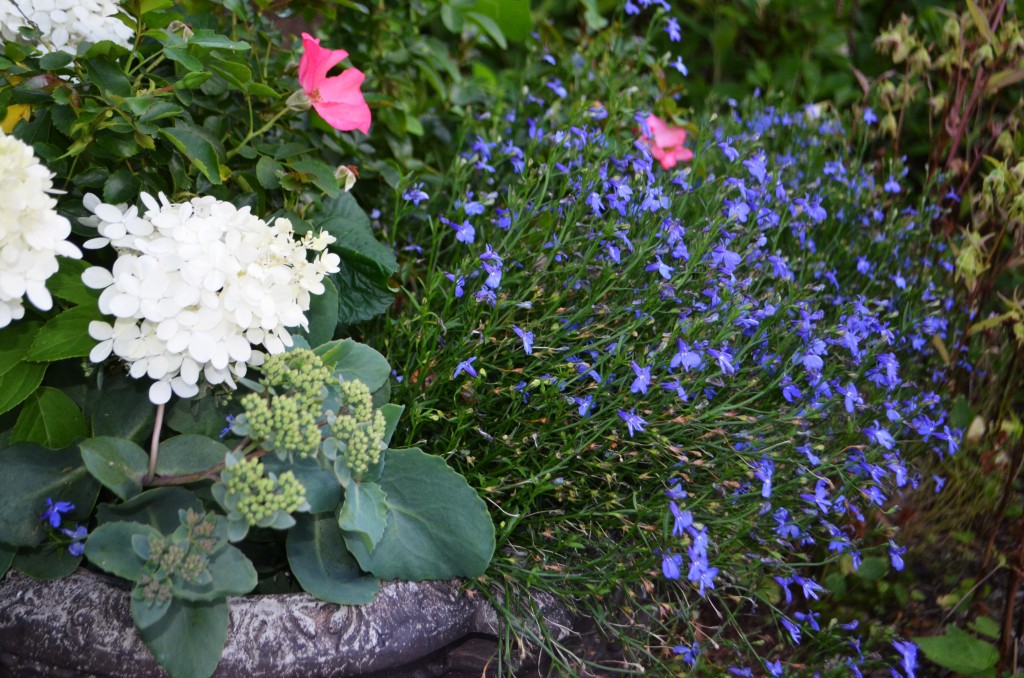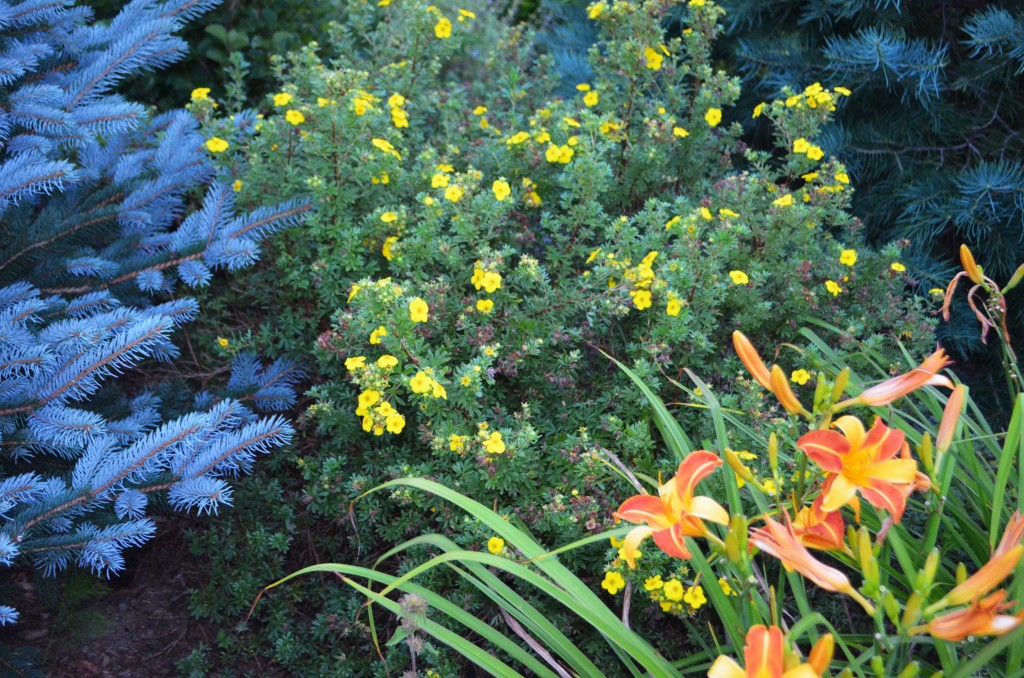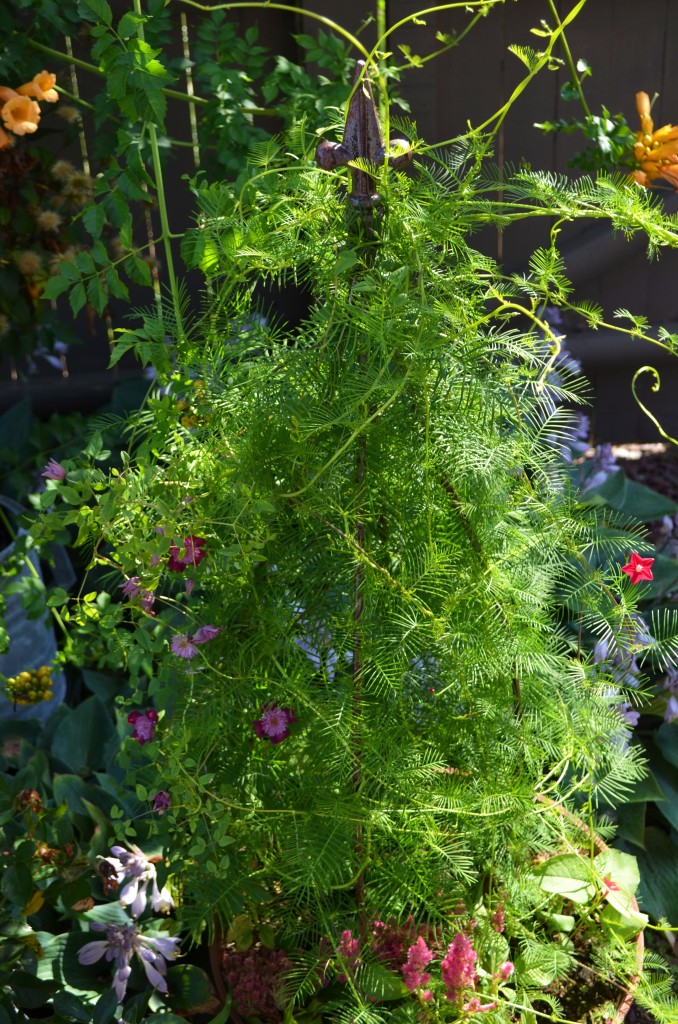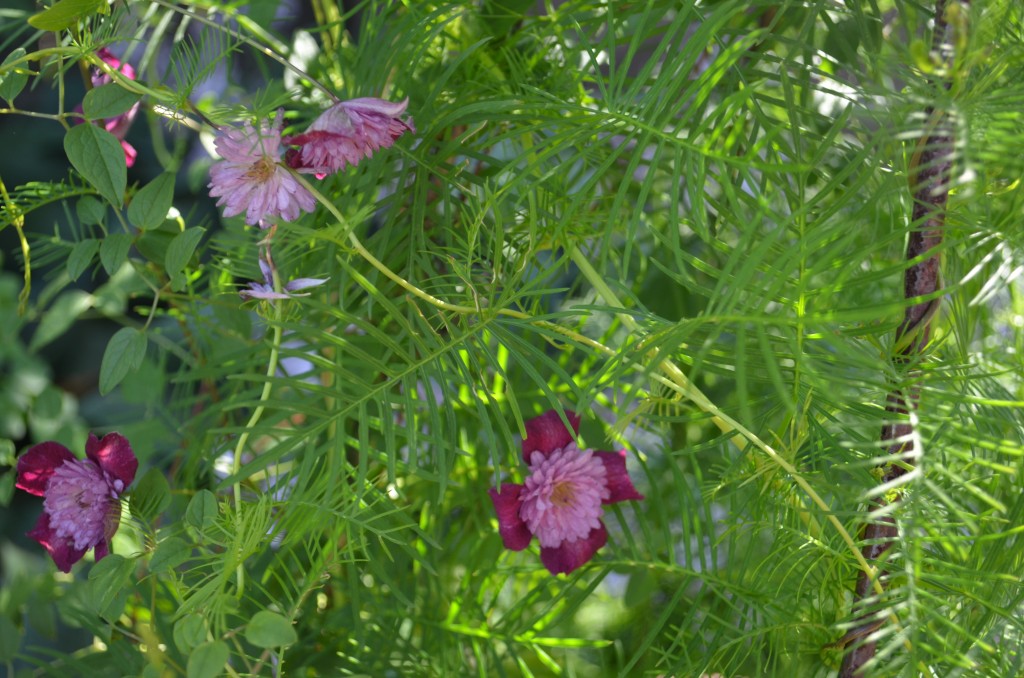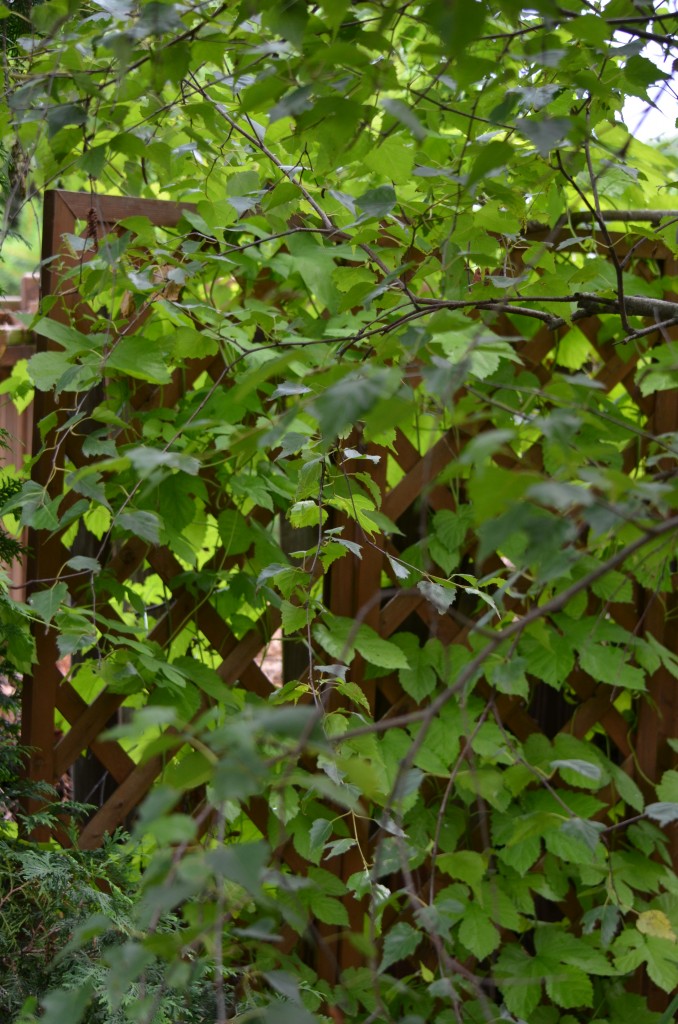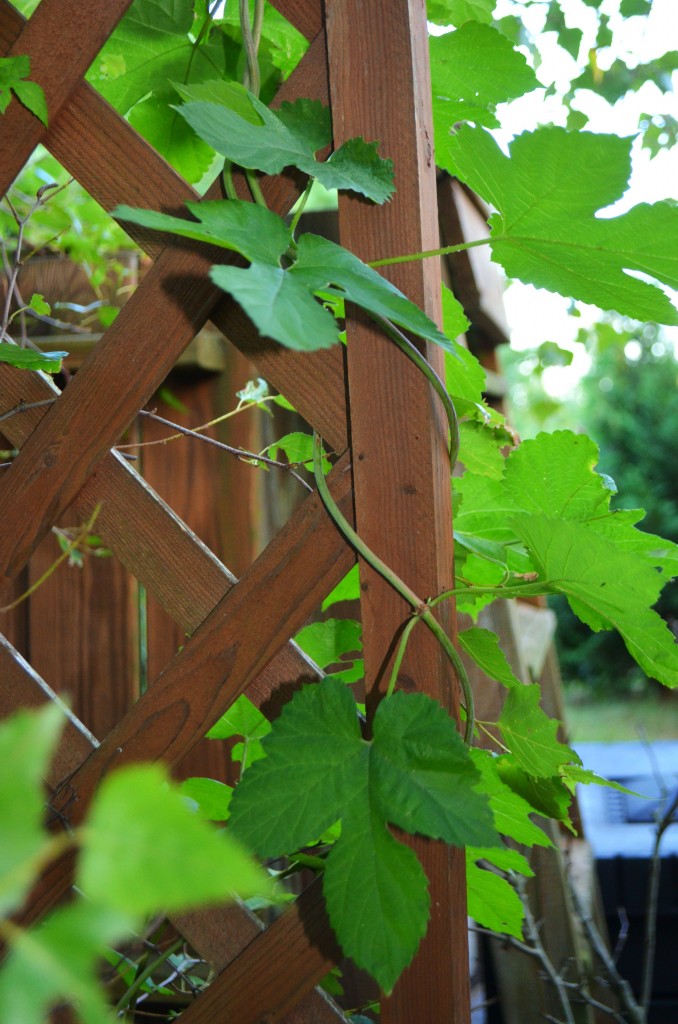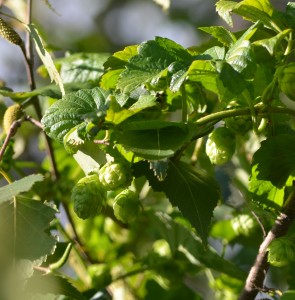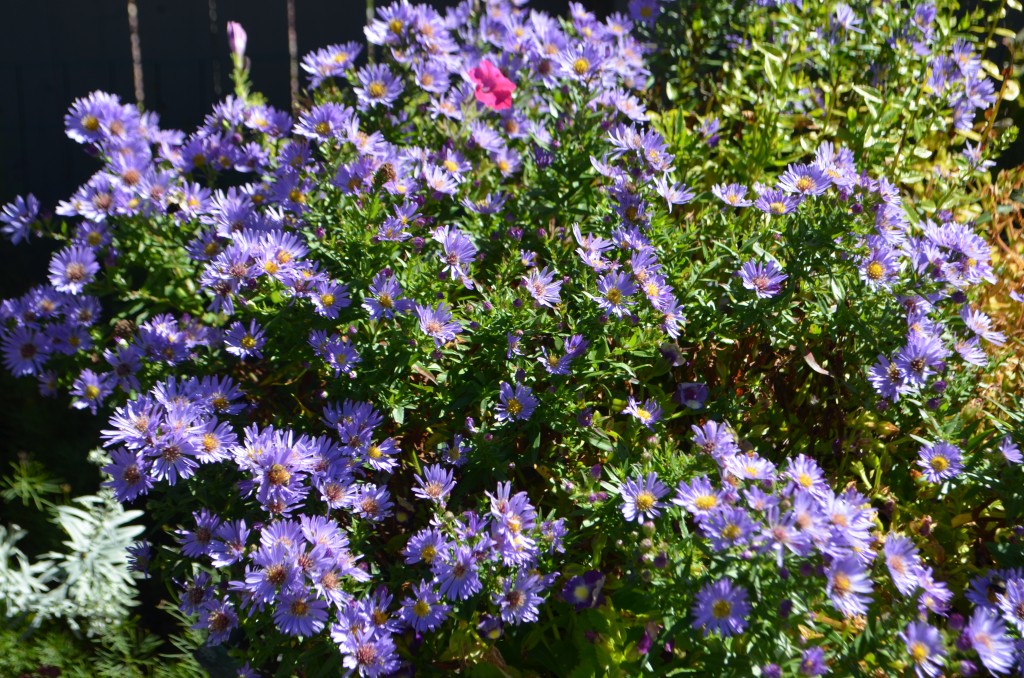 This time of year I have a constant reminder of our battle with the bunnies, namely the dearth of asters in the garden. Here in the Burrow lots of plants get nibbled, some even suffer more moderate damage, but the asters get eaten to the ground. Apparently , asters are bunny crack.
This time of year I have a constant reminder of our battle with the bunnies, namely the dearth of asters in the garden. Here in the Burrow lots of plants get nibbled, some even suffer more moderate damage, but the asters get eaten to the ground. Apparently , asters are bunny crack.
Out in the back 40 I had planted several clumps of an aster called ‘Alma Potschke’, a hot pink that blended well with all the cultivars of sedum that would be blooming at the same time. For about a year , all was well, then my friend Christina noticed on a garden stroll that the sedum looked like something was munching on it and a closer inspection revealed the tell tale diagonal shearing on the stems that screams “rabbit!!!!!” I did not even notice at first that the asters were eaten too because turns out, they were just gone, gone ,gone.
A look into the side rock garden revealed that the clumps of ‘Purple Dome’ aster were also missing.
Fast forward to the following spring. I attempted to protect the emerging asters with repellant sprays, cages of chicken wire around them, moving a few to a location closer to the house and dogs, etc. all to no avail. Any aster that dared show itself was chewed instantly . They would move mountains to get to them , digging under the cages, knocking them over even though they were staked in the ground and the resulting struggle to get their drug of choice wreaking havoc in the garden. I reluctantly purchased some shorter Woods Asters ‘Blue’ and placed the plants in a 3 ft .high wheelbarrow planter that, until they learn to fly , is off limits.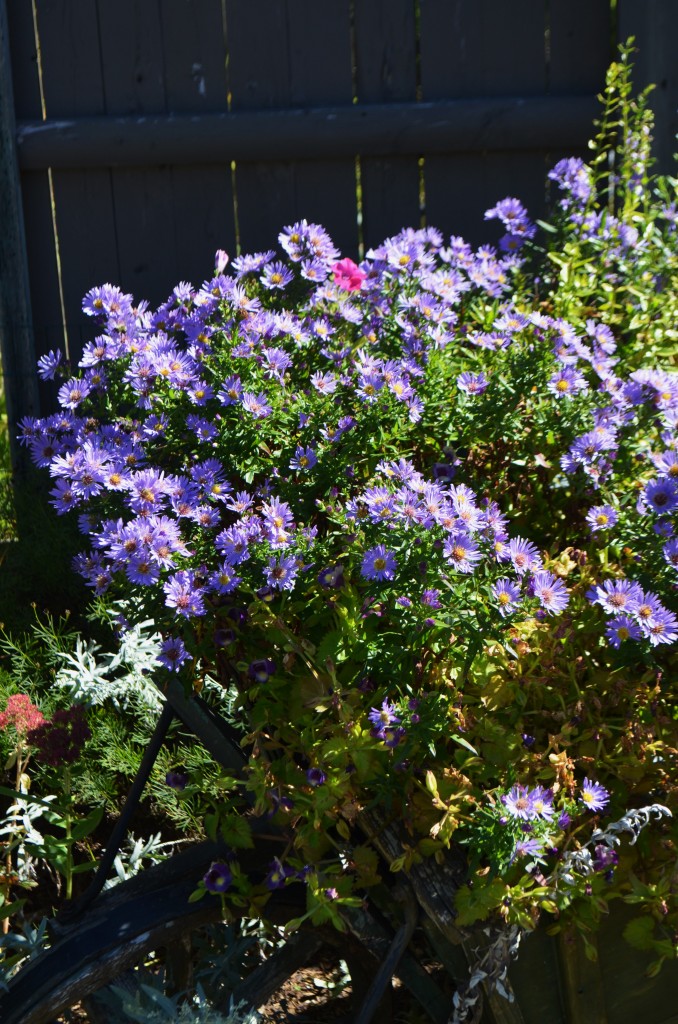
Last year I decided to try to grow a kalmeris incisia cultivar called ‘Blue Star’ that looks like an aster, and the species is actually called Indian aster when it grows wild around here. Problem is , even though the bunnies don’t touch it ( as is startlingly true with most native plants. My bunnies prefer EXOTIC plants with the exception of asters ) it blooms much earlier in July and August and does nothing for the late season garden. Sigh . ( picture of it to right courtesy of google images)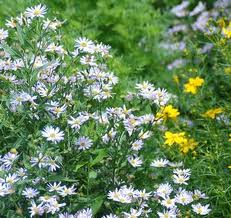
This year we remarkably have a surviving Woods aster ‘Pink ‘ in the caged area near the pool and in the back 40 one, yep count ’em , one stem of ‘Alma Potschke’ and in the rock garden there is also one lonely ‘Purple Dome’ stem. I wouldn’t even be generous enough to call them plants, they are just single stems, and it begs the question….WTH????
Why leave one? Did some self help program dictate that as part of your aster recovery Mr. Bunny? Or could you possibly understand that if you eat every last leave there will never ever be asters for you again??
I have done nothing to protect the intrepid plants, and will not move them lest I disturb whatever magic is keeping them uneaten. Maybe next spring I will try to propagate a few divisions into more containers where they can again light up the fall garden.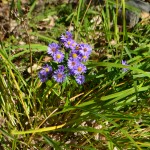
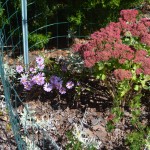
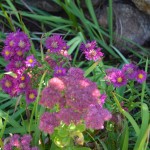 Now, on to the taxonomists. Taxonomists are my nemesis. They are evil I tell you. I intellectually understand that they are trying to accurately place plants into their correct families , and that the use of DNA technology has enabled them to right wrongs in the naming process and reassign plants to their REAL family members. It’s just, well, I mean…. Come ON! Knock it the heck off!!!! I can’t keep up.
Now, on to the taxonomists. Taxonomists are my nemesis. They are evil I tell you. I intellectually understand that they are trying to accurately place plants into their correct families , and that the use of DNA technology has enabled them to right wrongs in the naming process and reassign plants to their REAL family members. It’s just, well, I mean…. Come ON! Knock it the heck off!!!! I can’t keep up.
When I think of them diligently working to reclassify ( read: confuse) I want to get into the Dirty Dozens with them, you know like …” your mama’s so fat you could be on Mars renaming all their plants and you could see her clear as day” or …” your mama’s so dumb she thought white woods aster and new england aster were still in the same genus.
You can play along, I know you wanna’…….
Asters as we know and love them, are now reclassified into several different genera including Symphyotrichum and Eurybia and other frankly hideous and unpronounceable names.
Do you think if I start throwing around Symphyotrichum novea angliae the bunnies will be confused too and leave my ASTERS alone???
